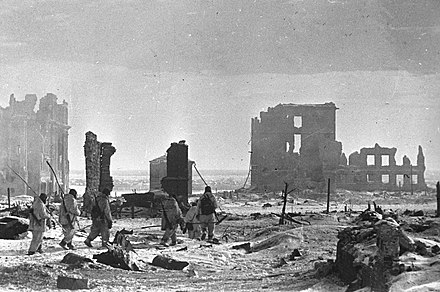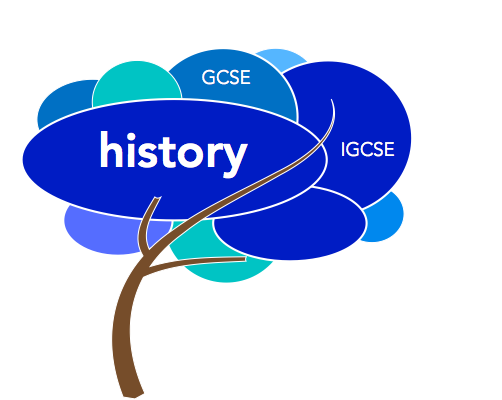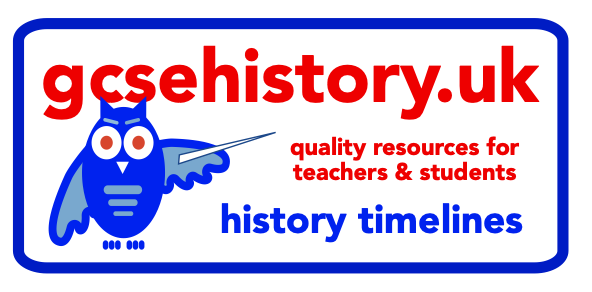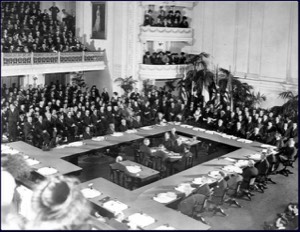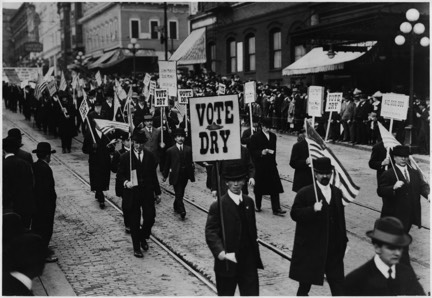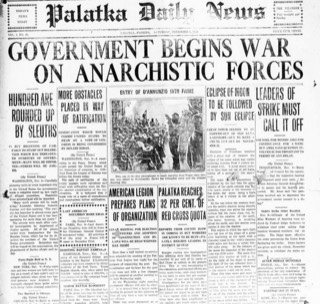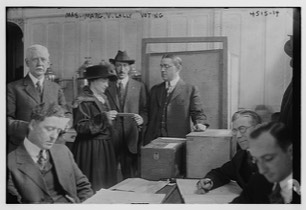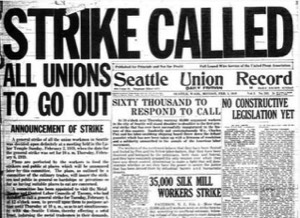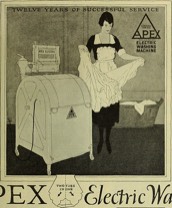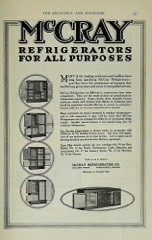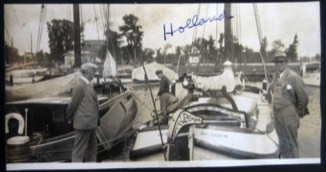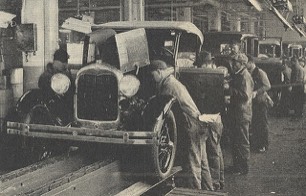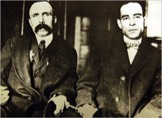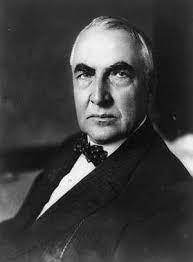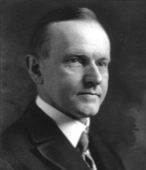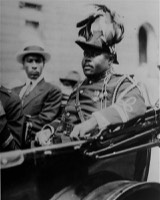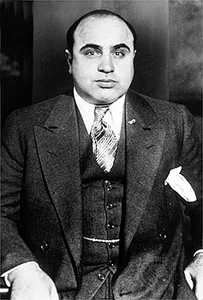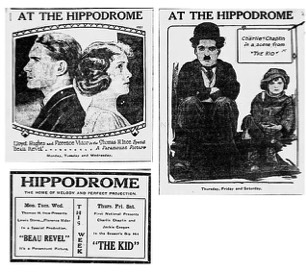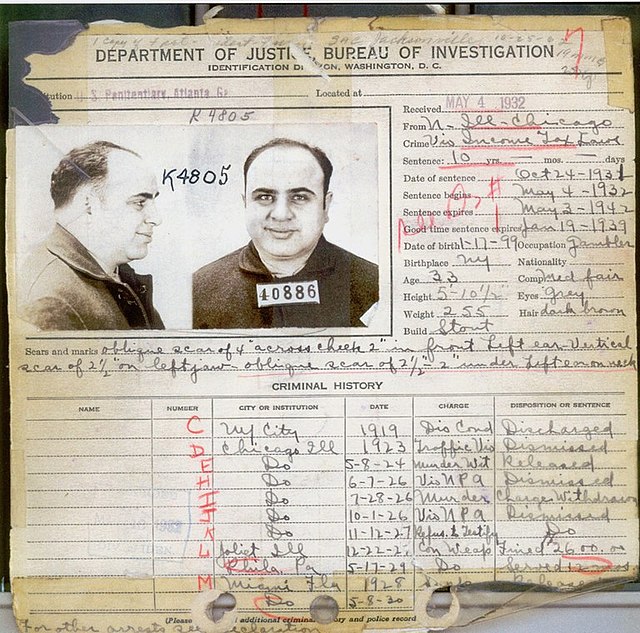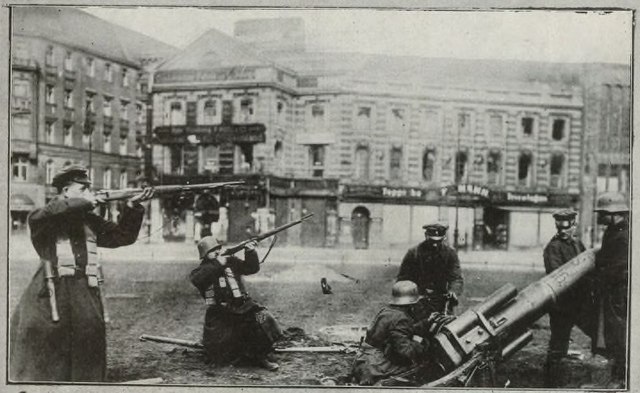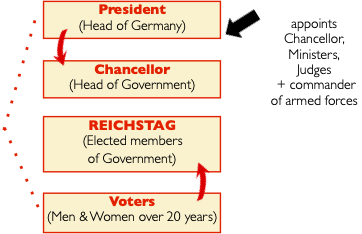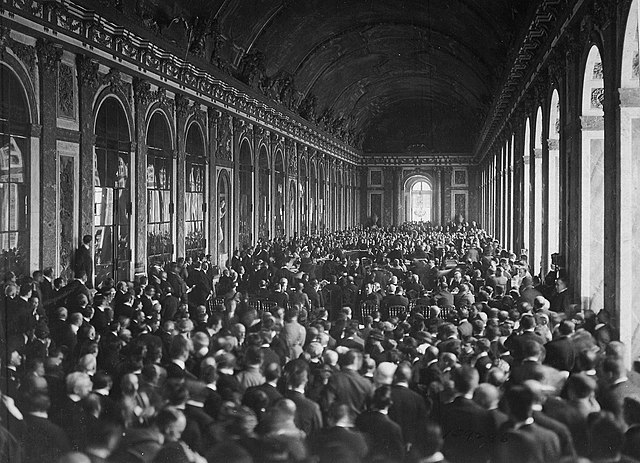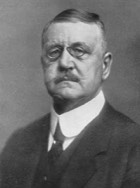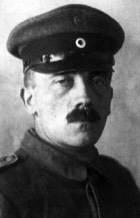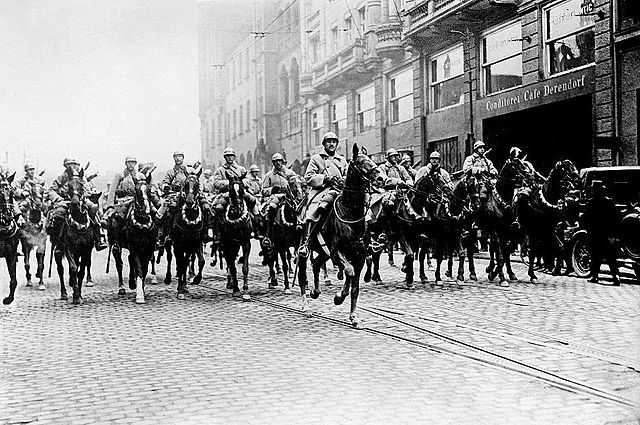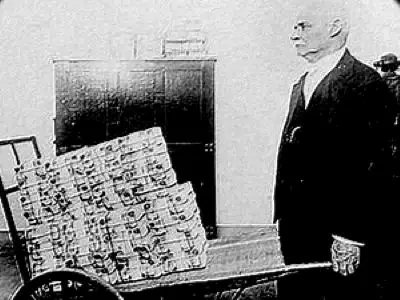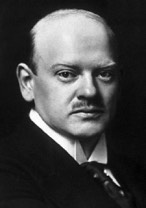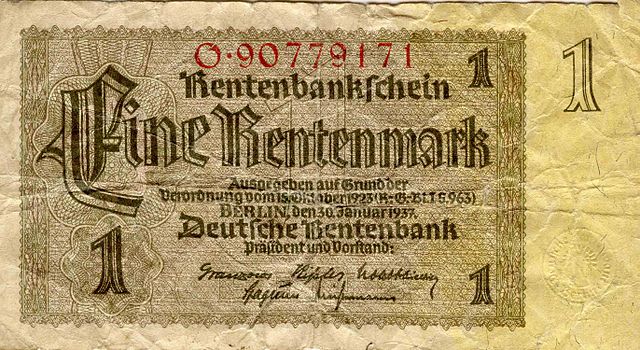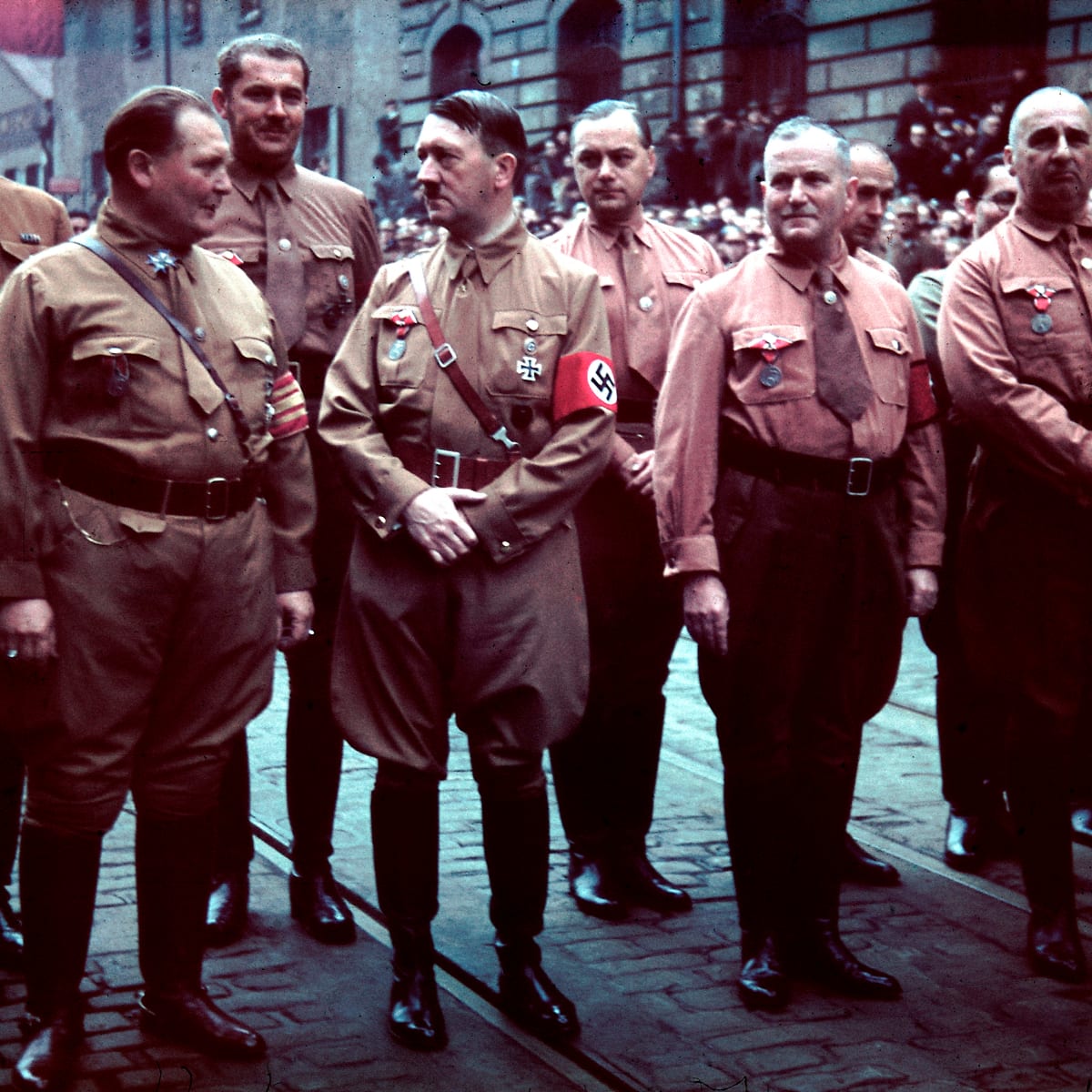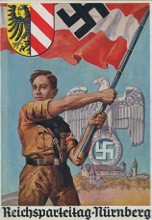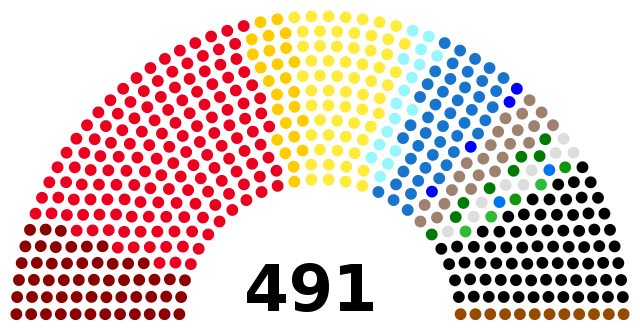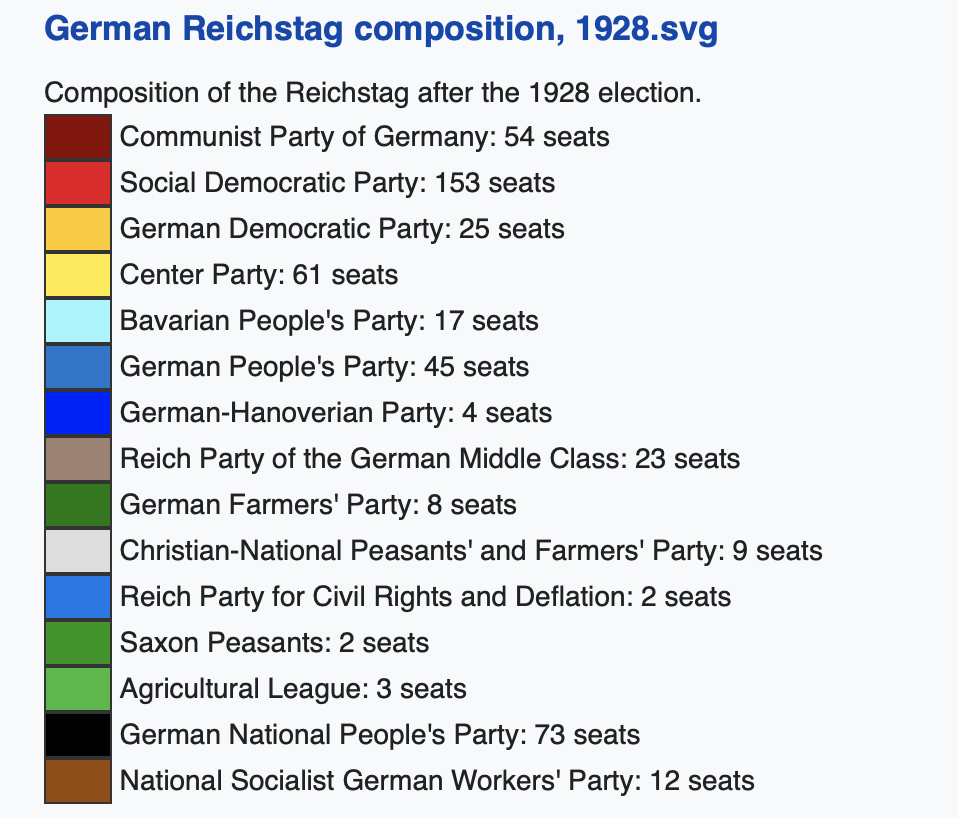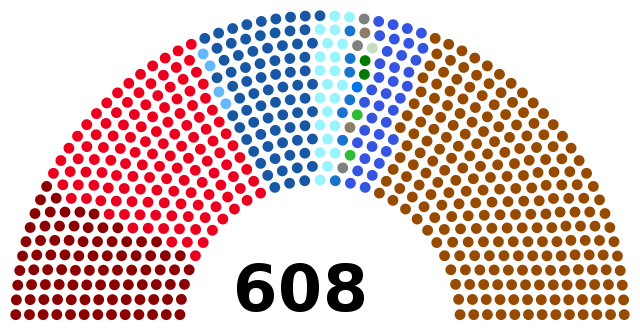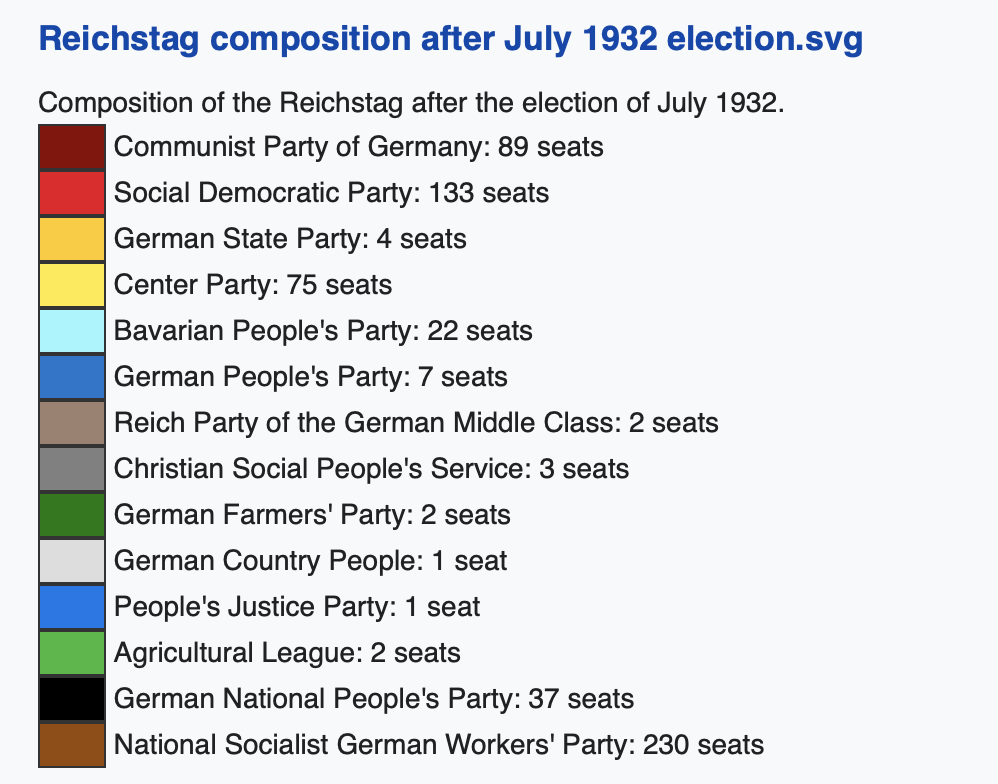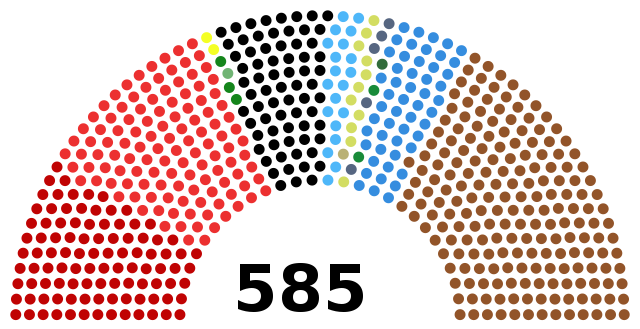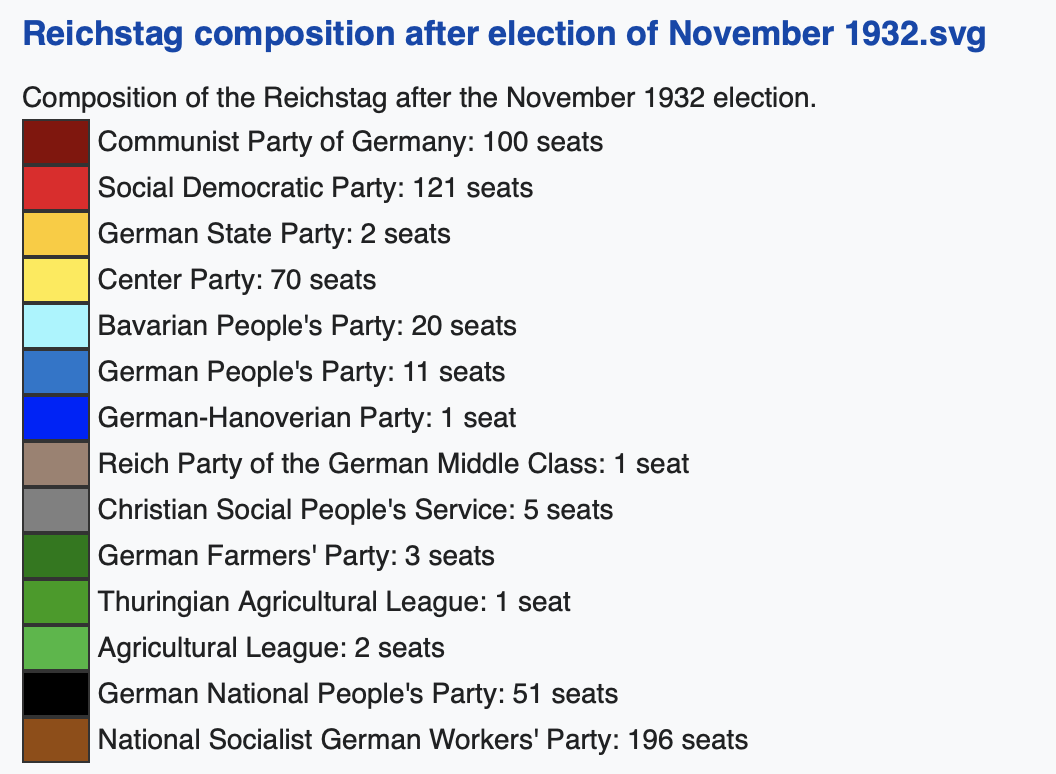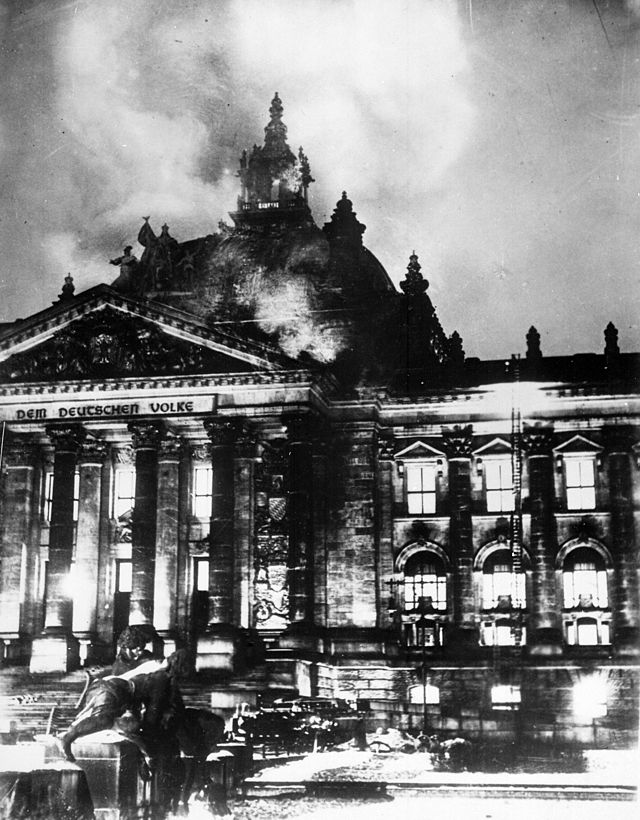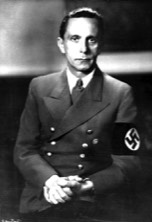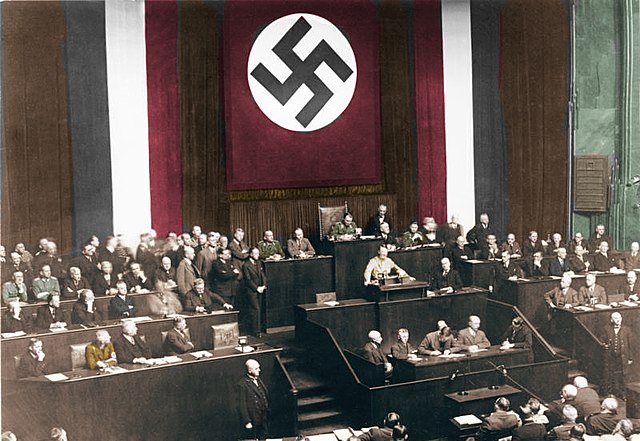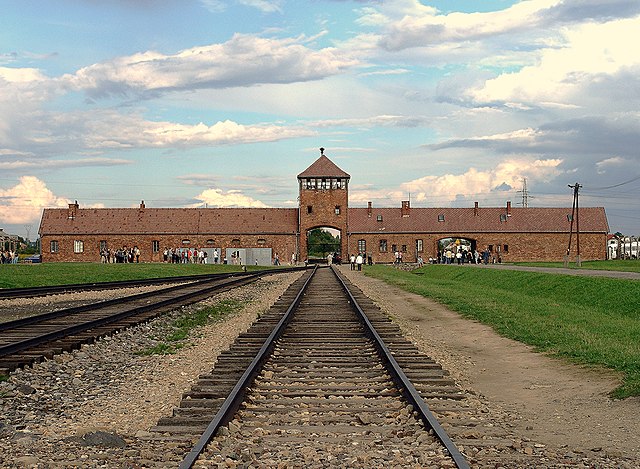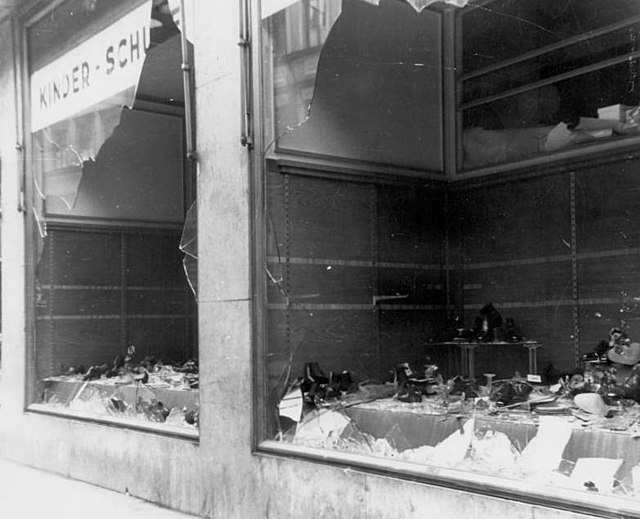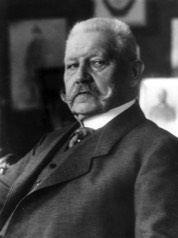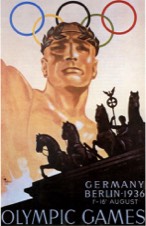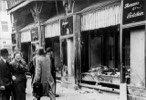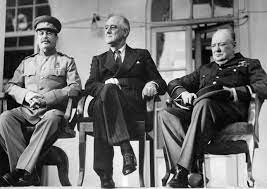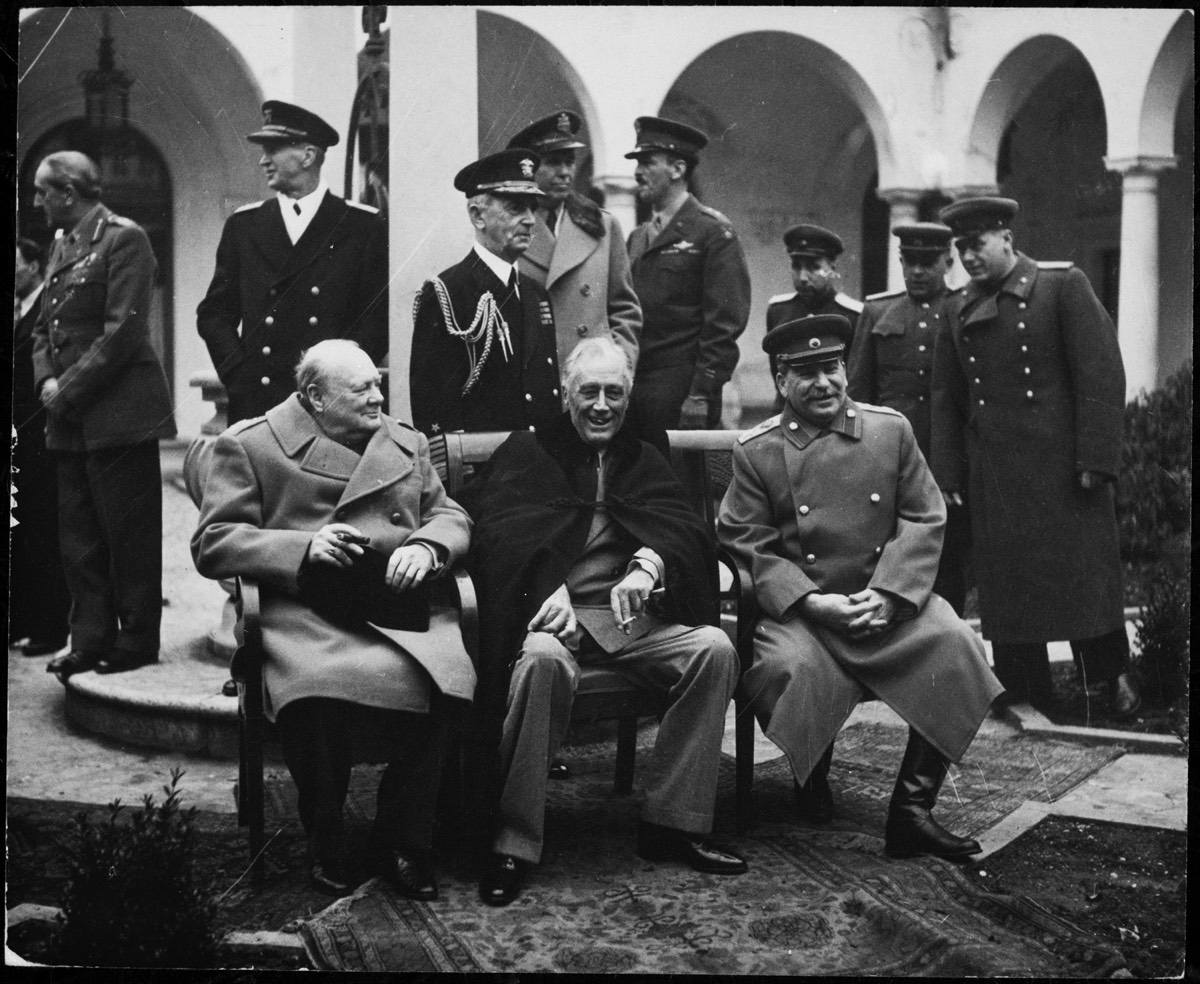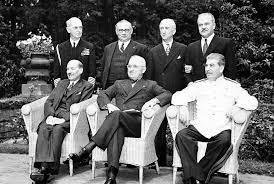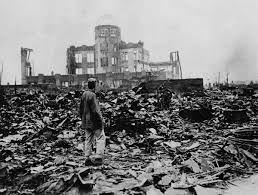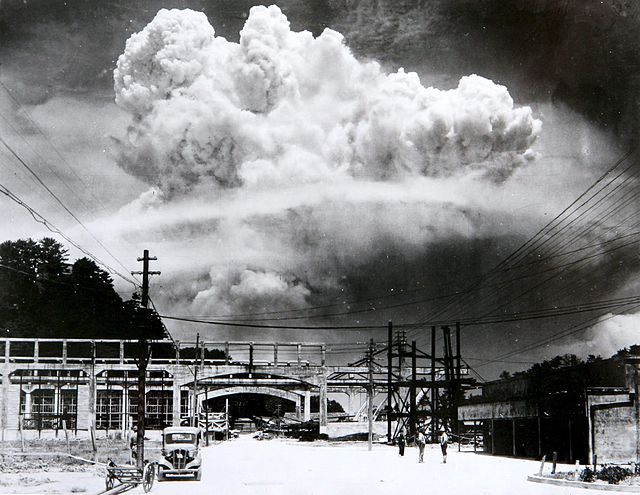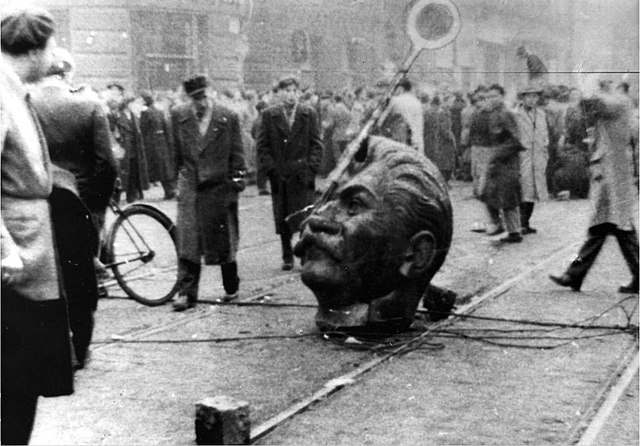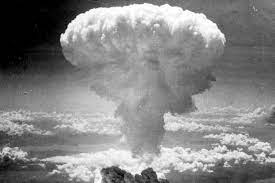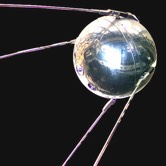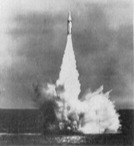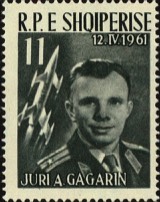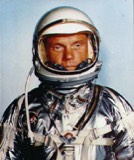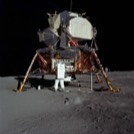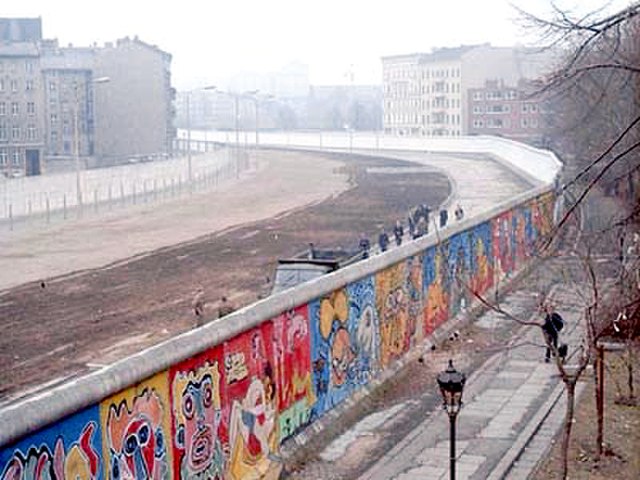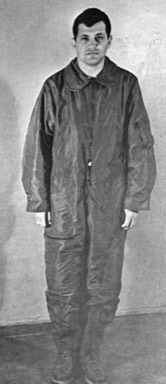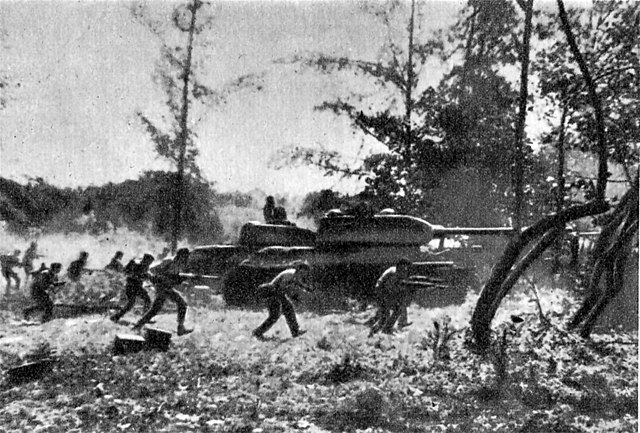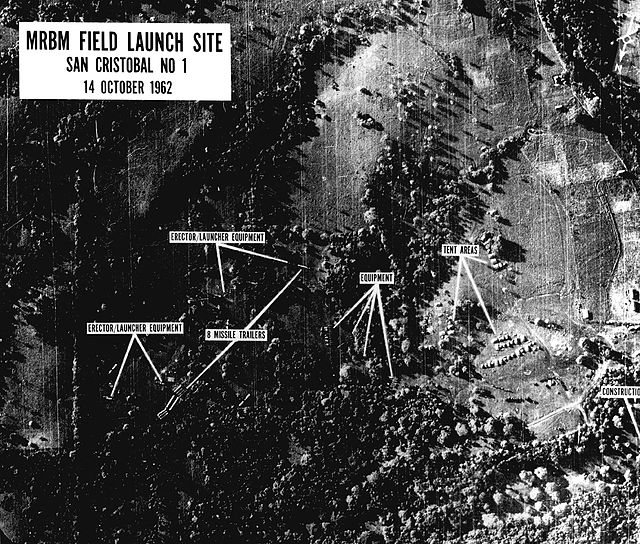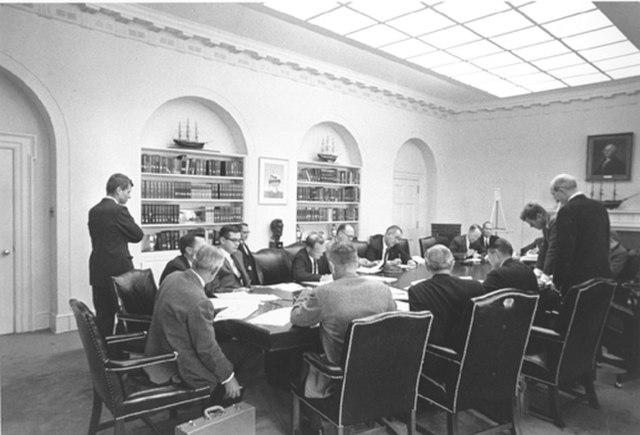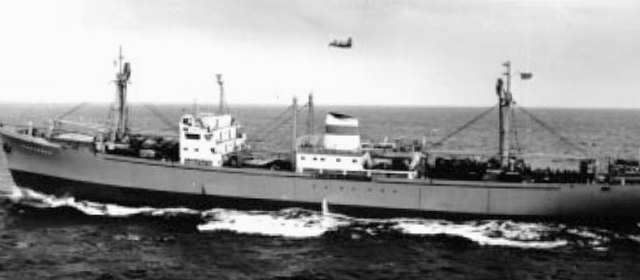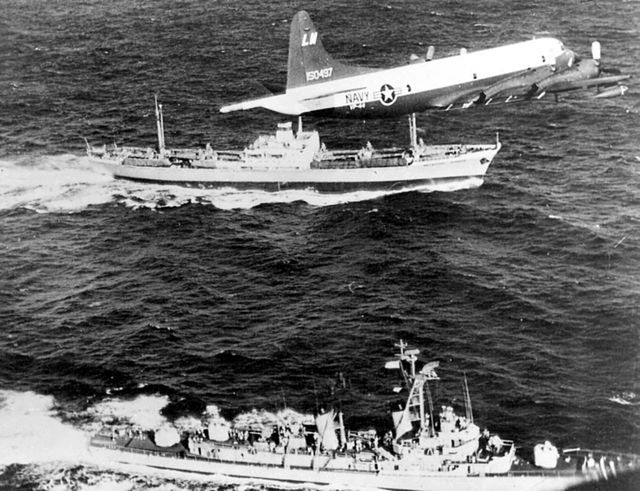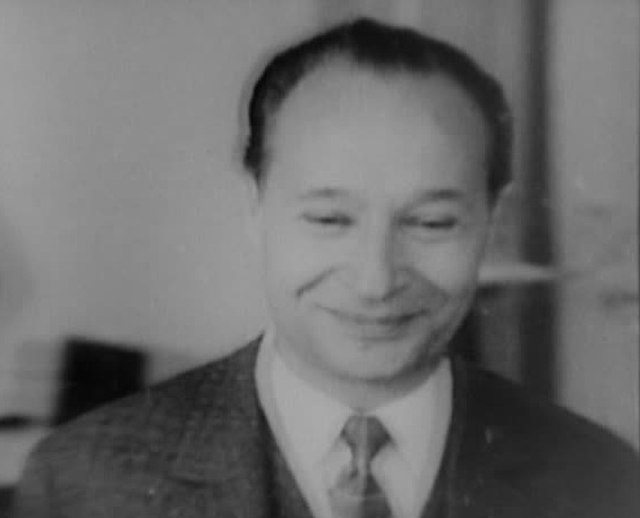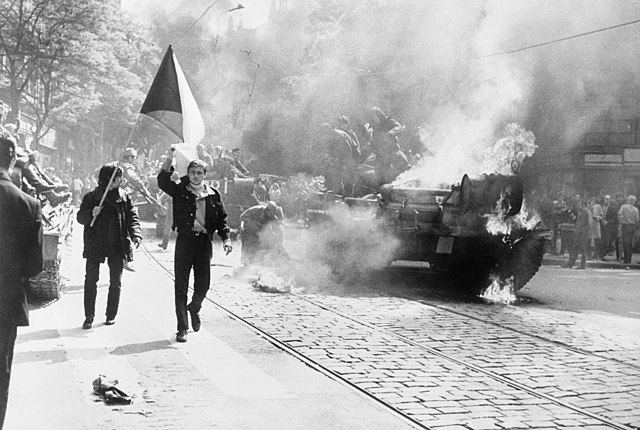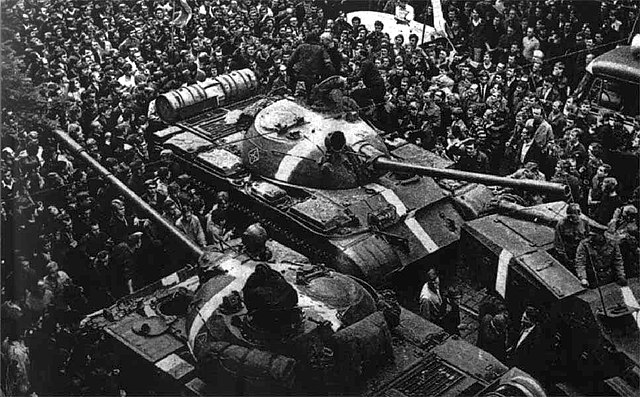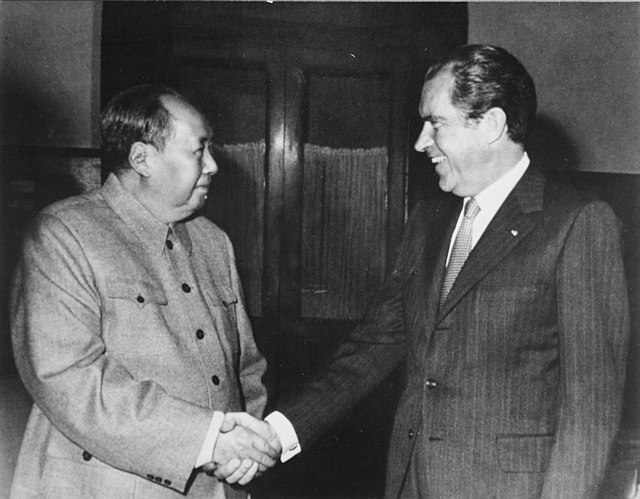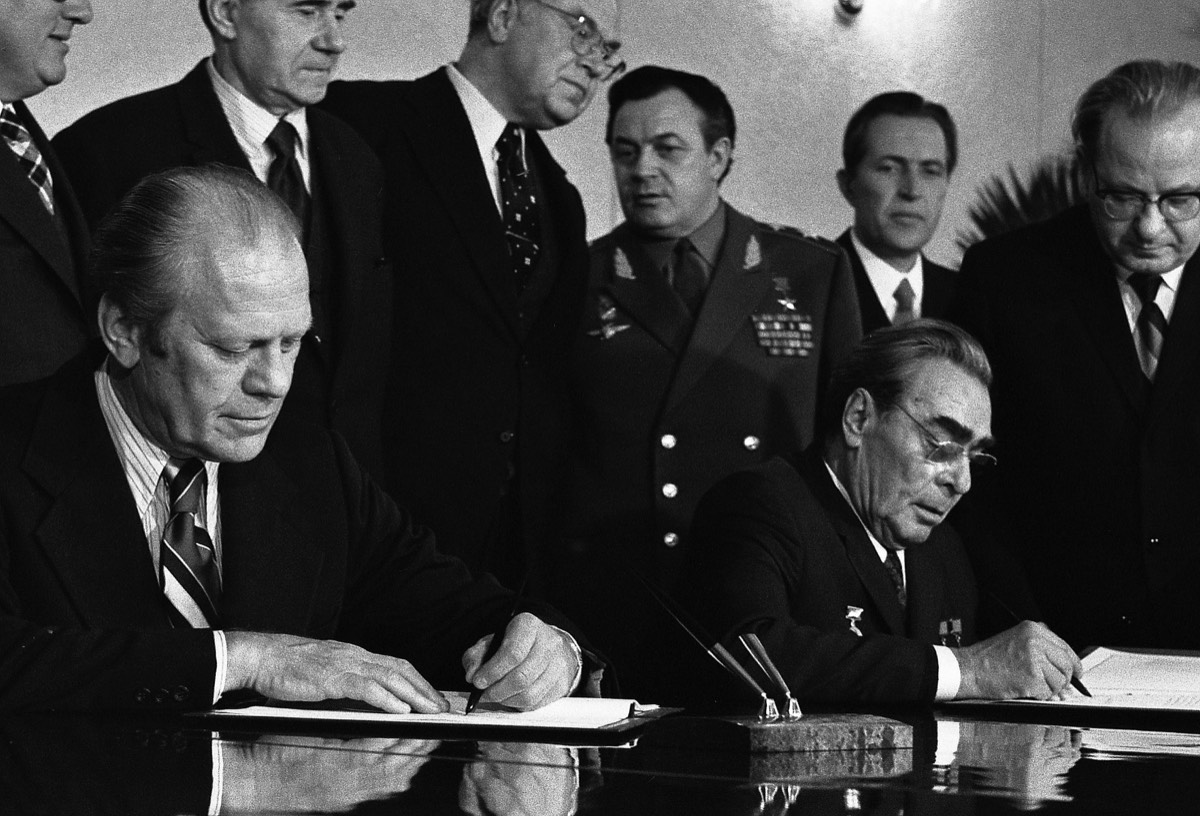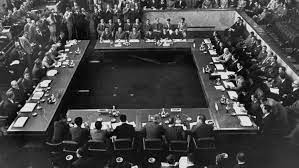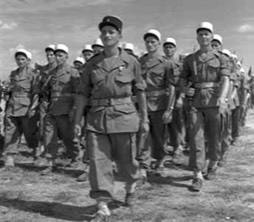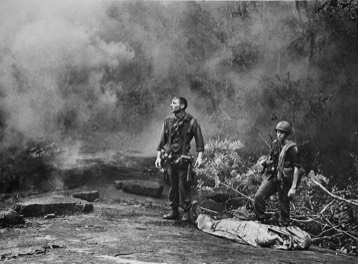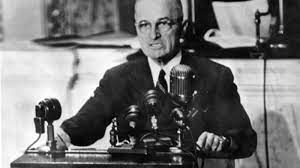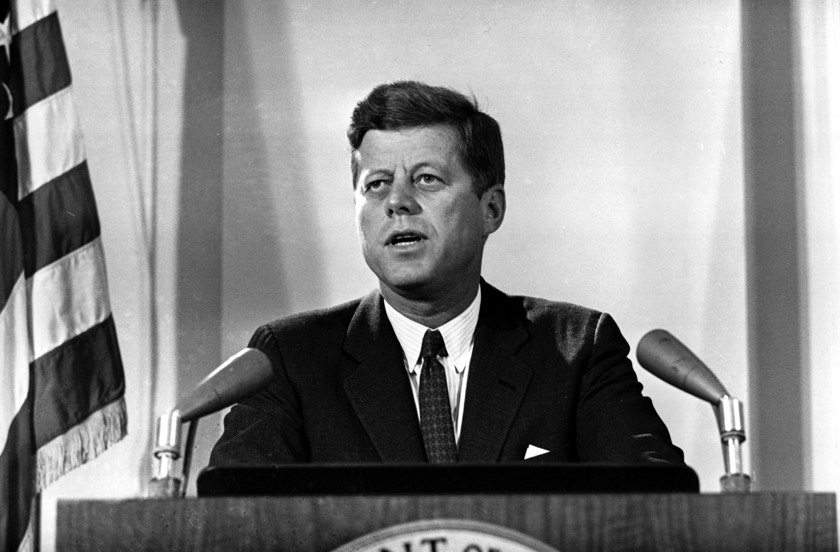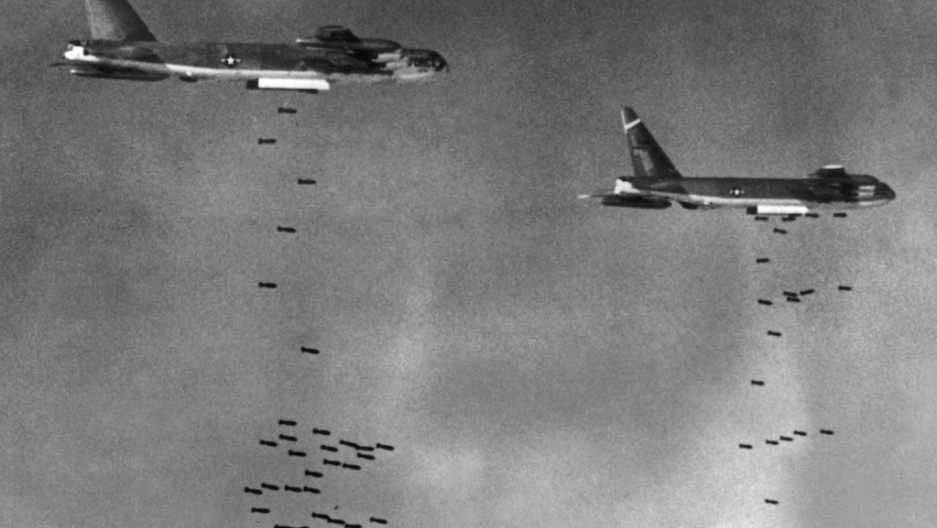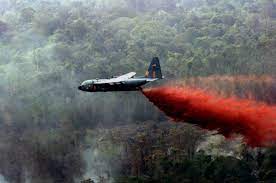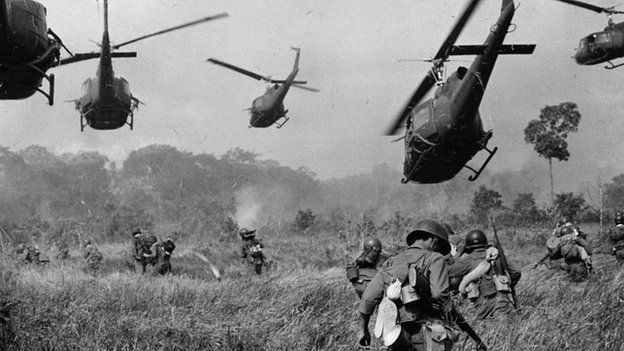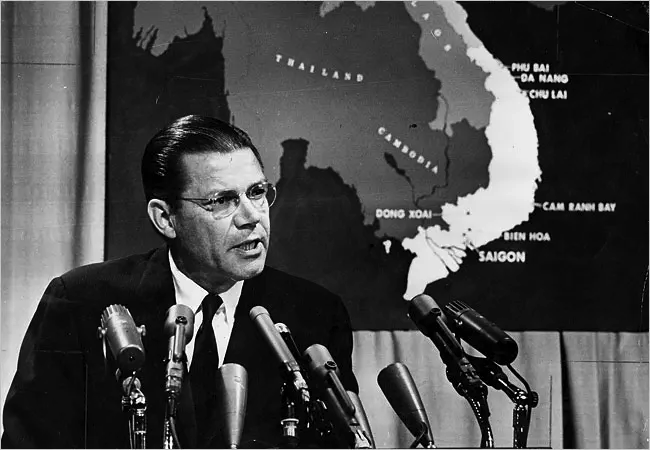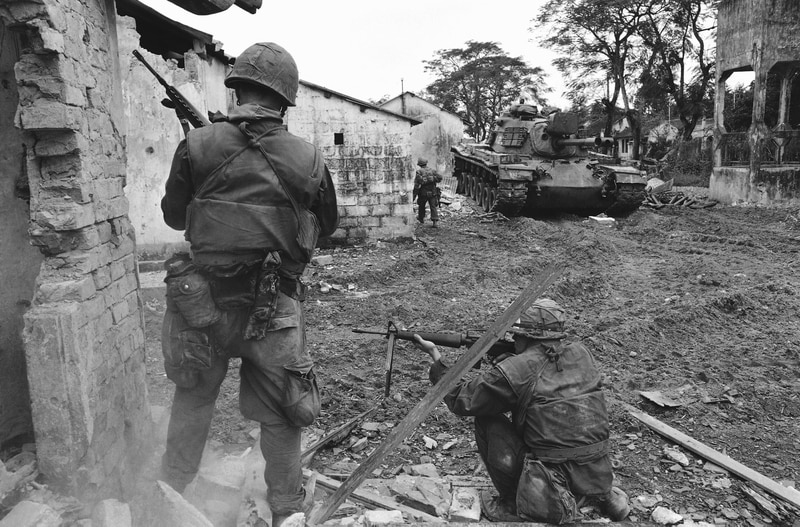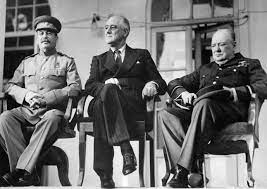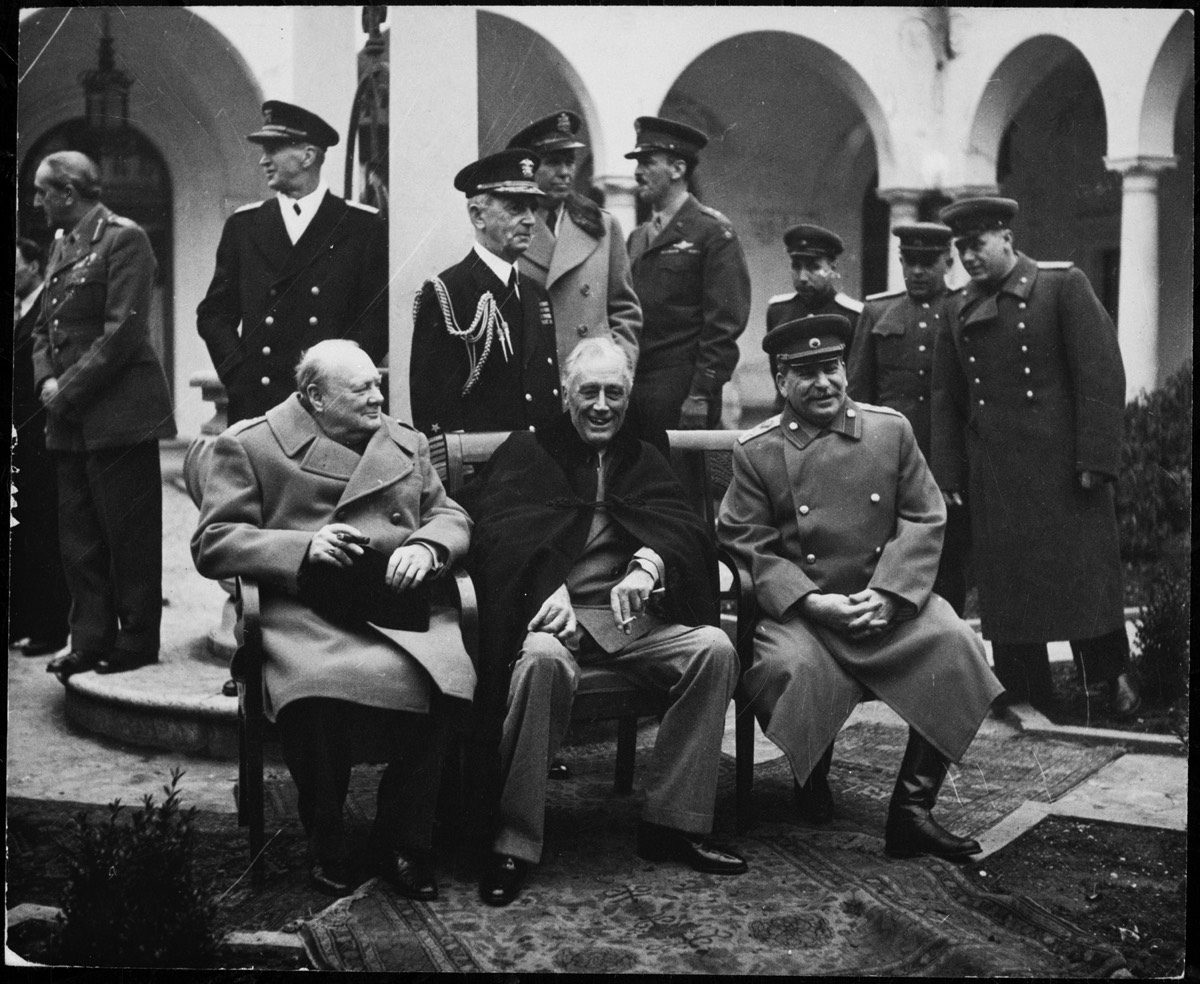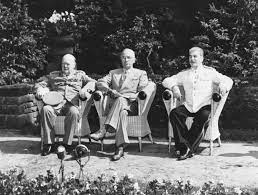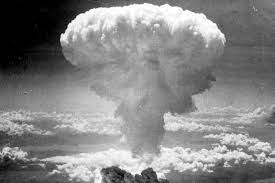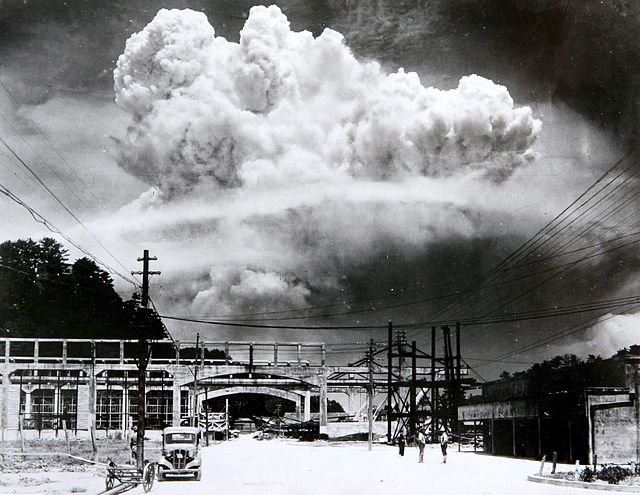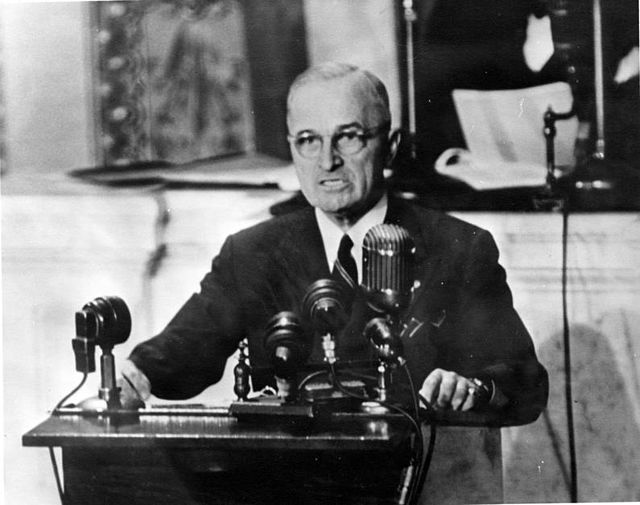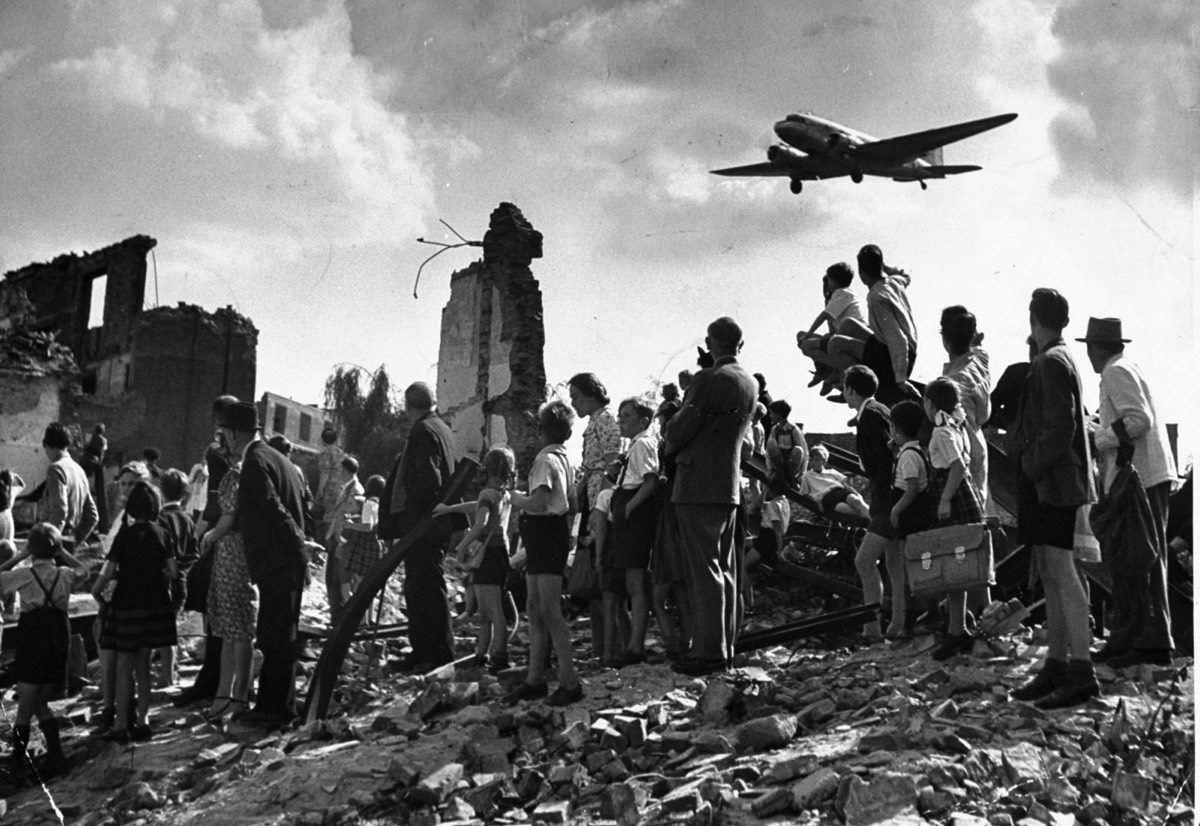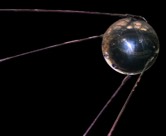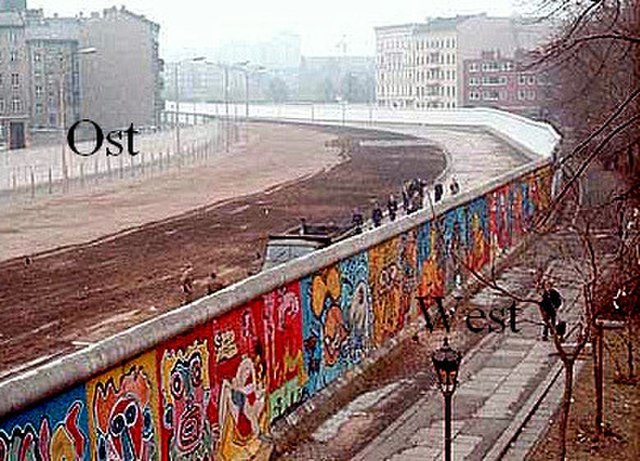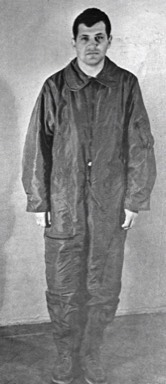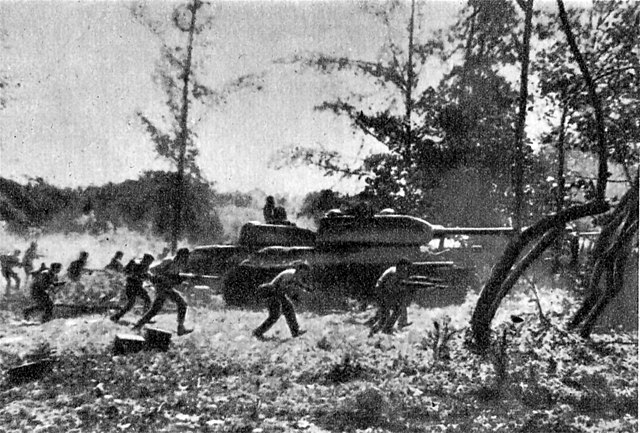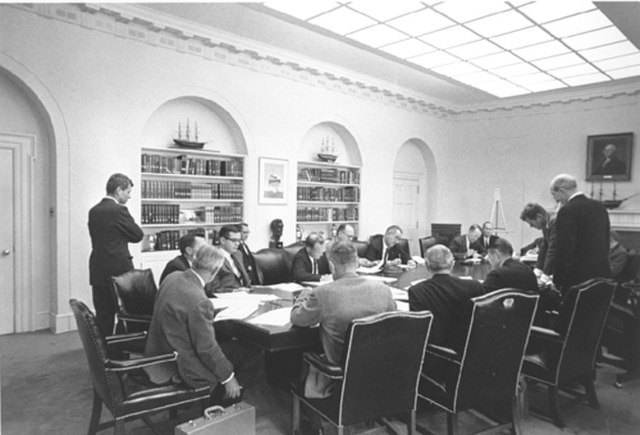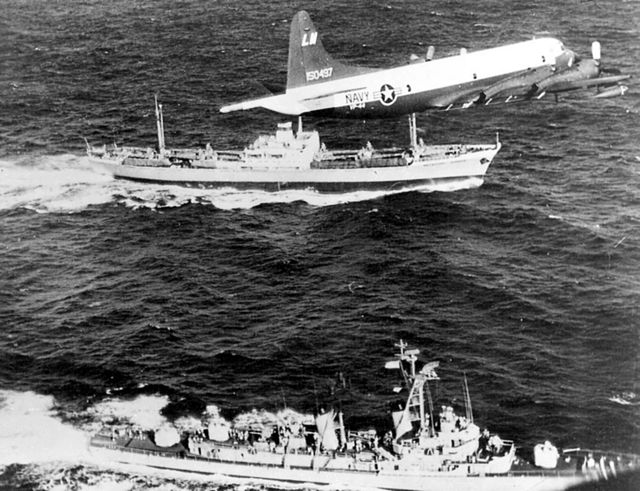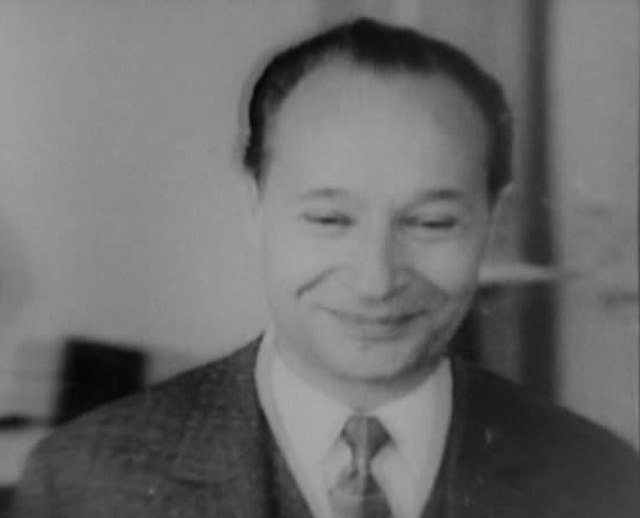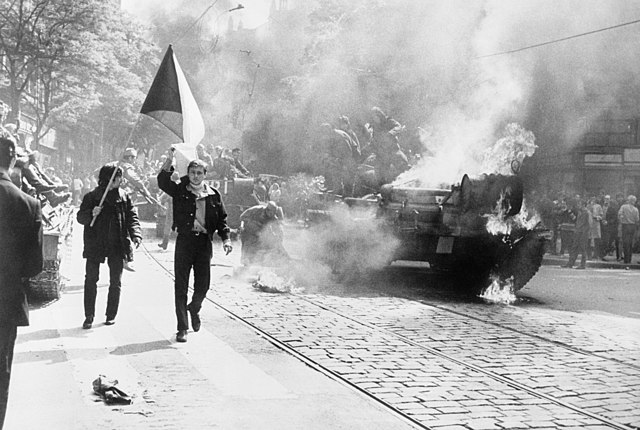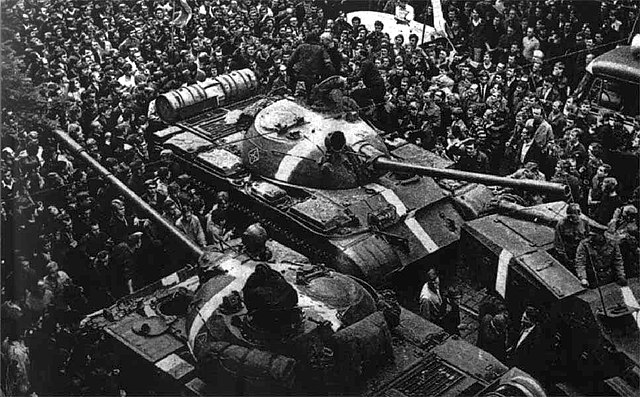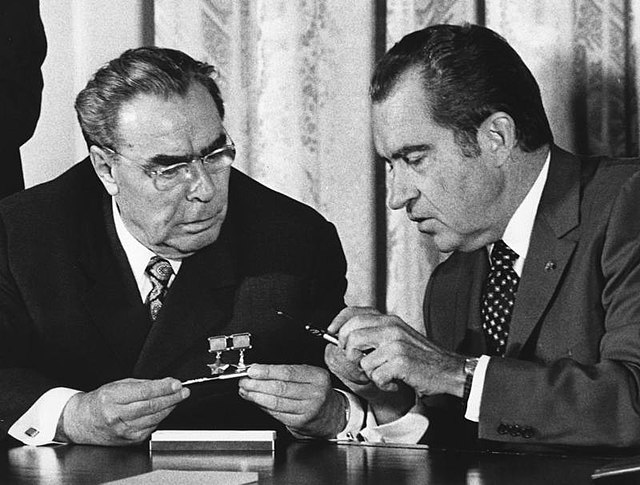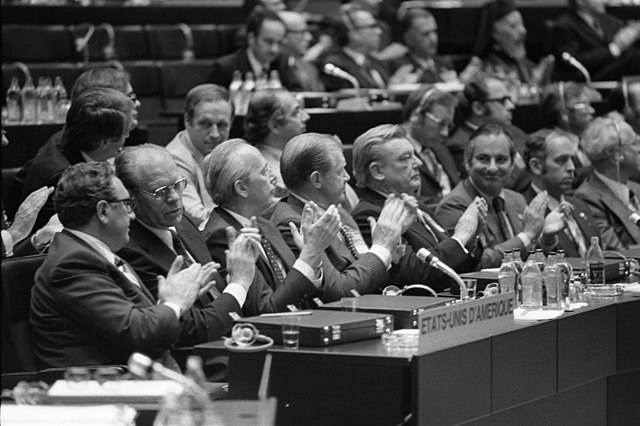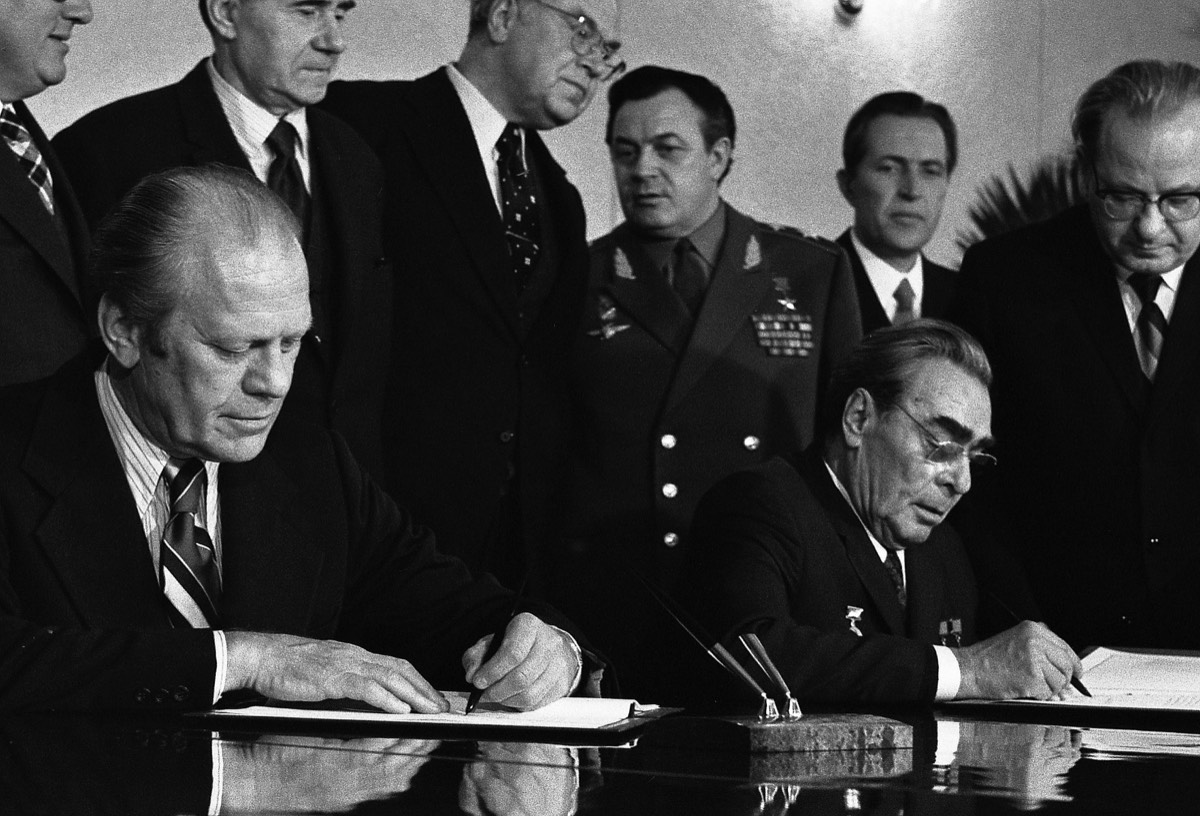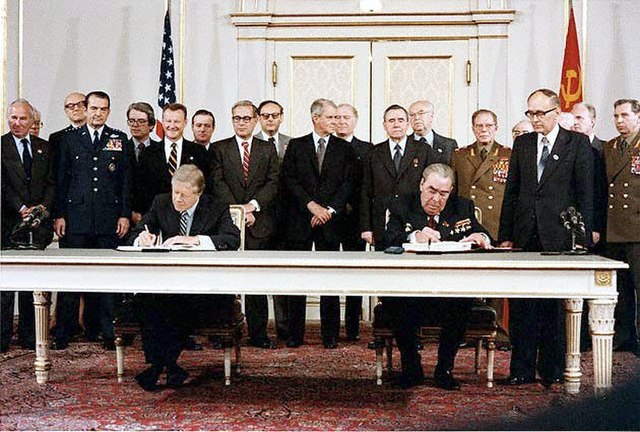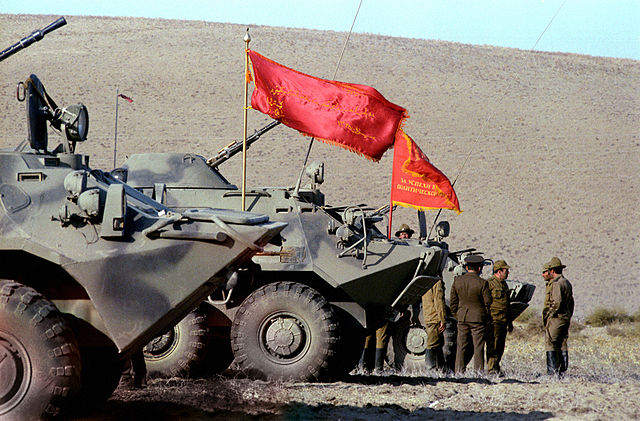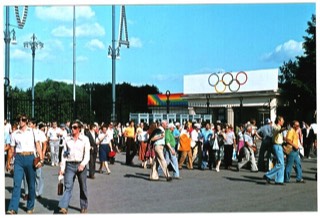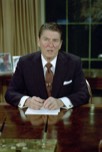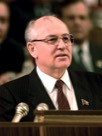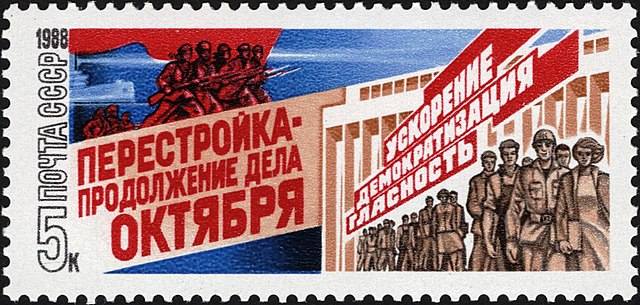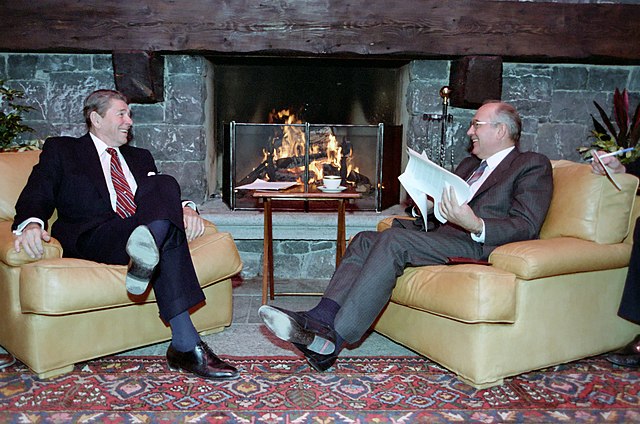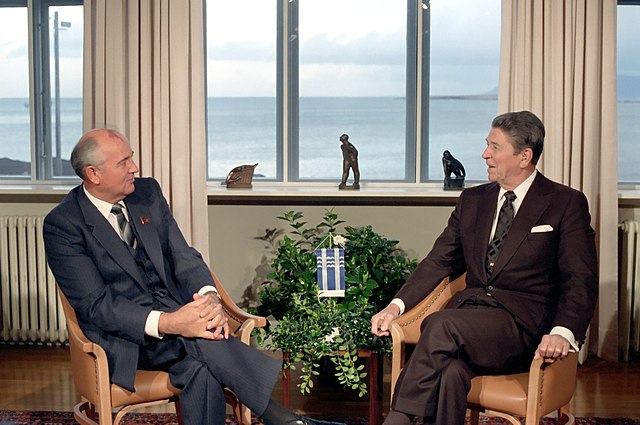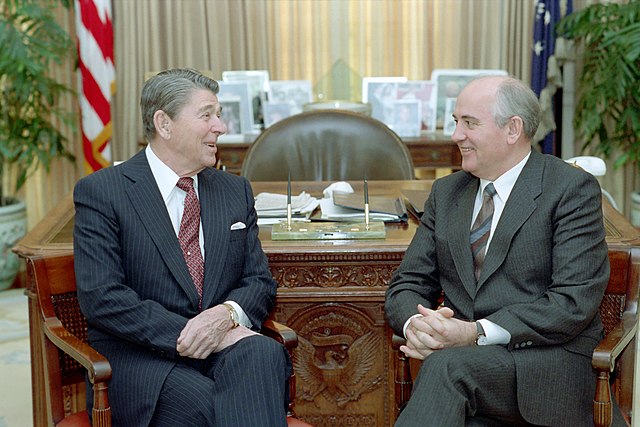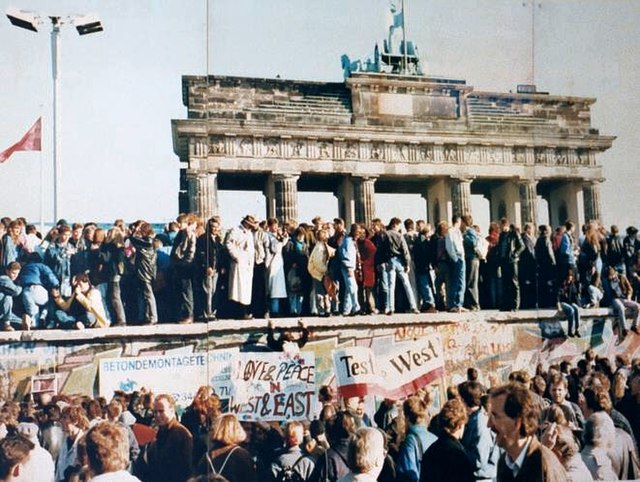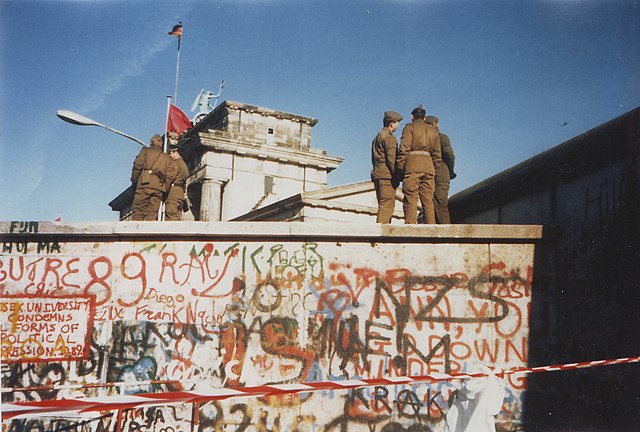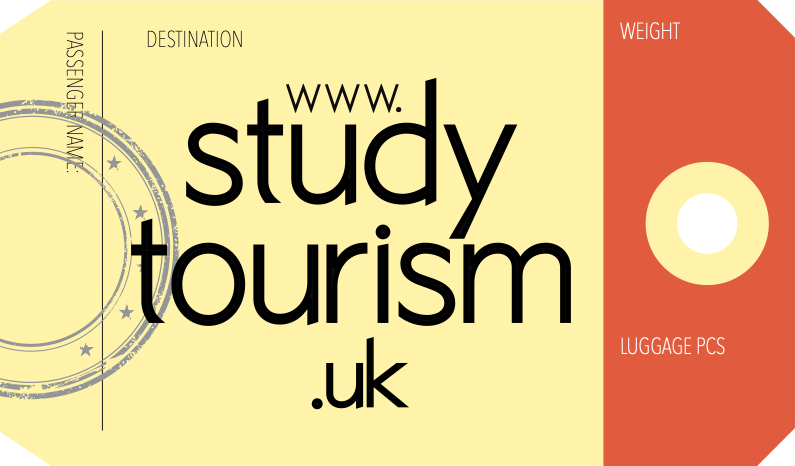Russia, 1894-1945: Timeline
Russia in 1894
Farming
Over 85% of Russians were farmers. Most were poor.(peasants)
Industry
Russia was behind most of Europe and had few factories. By 1914, Russia had railways and more factories.
People
Russia is a huge country, with many ethnic groups. Only half the people spoke Russian.
Most people were Christian, plus some Muslims and Jews.
RULING CLASS 1%
Royal Family = very rich
UPPER CLASS 12%
Military officers, top govt. officials, landowners
BUSINESSMEN 2%
Bankers, traders, business owners (Capitalist)
FACTORY WORKERS 5%
Very poor, worked long hours for low wages, often short of food
PEASANTS 80%
Farmers were very poor, often hungry. Many farmers owed money
to the landowners.
Some went to the cities to find work.
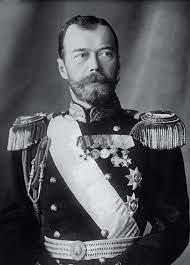
Total power over everything and everybody - made all the laws
Civil Service
Minister in charge of each department. Carried out the Tsar's laws.
Collected taxes.
Army
Tsar was head of the army - over 2 million soldiers. They helped the police
Secret Police (Okhrana)
Arrested people who were critical of the Tsar
Social Democratic Workers' Party
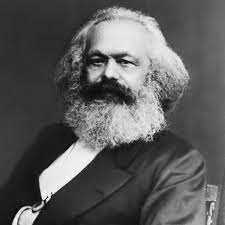
Karl Marx
Social Democrats followed the ideas of Karl Marx.
They were against capitalists: businessmen, landowners and thought the poor workers will rise up against them in a revolution
Everything will then be shared out equally - no more very rich and very poor.
The factories, businesses, banks etc. controlled by the govt on behalf of the people.
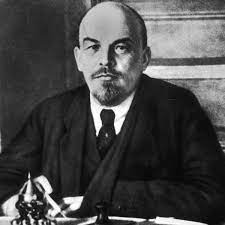
Lenin
Bolsheviks (Lenin)
. small group who would take power for the poor workers
Mensheviks
. wanted a large group of supporters for large revolution
. join with other groups
Other groups who opposed the Tsar
Liberals
Keep the Tsar but chose politicians to make laws - no revolution
Social Revolutionnaires
Take land away from the landowners and Chursh and give to the poor.
Use violence to take the land if necessary
War with Japan
1904-5 war with Japan for control of Korea & Manchuria
Tsar promised easy victory, but lost very badly
Consequences
. Tsar became more unpopular
. Prices for food increased & people lost their jobs
Rasputin
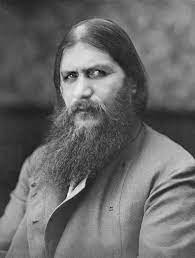
Rasputin
Holy Man
Rasputin claimed to be a holy man with special powers.
Stopped the bleeding of Alexi, the Tsar's son.
Influence on the Tsar
Rasputin became an advisor to the Tsar.
Was hated by many for being a drinker and womaniser and being from a 'low class'.
Became more powerful after Stolypin died.
People disliked the Tsar because of Rasputin.
Bloody Sunday
In January 1905 about 200,000 unarmed workers marched to the Tsar's palace, to demand better
living conditions, an end to the war and elections.
Soldiers fired on the demonstrators and killed 500.
Consequences
. People not trust the Tsar
. support for revolutionaries increased
. there were more protests & riots
1905 revolution
Jan: Factory workers strikes in St. Petersburg
Feb: Tsar's uncle killed in Moscow
March: Peasants kill landlords
May: Professionals (doctors, lawyers) want changes
June: Sailors from the battleship 'Potemkin' mutiny
Sept: Defeat to Japan in war
Oct: All workers stopped work.
Tsar 'October manifesto'
Many workers return to work
Dec: Some workers continue protests
1906: Tsar crushes last of the protesters
. soldiers were loyal to the Tsar & helped stop the protests
. manifesto many people liked theTsar's Manifesto
. opposition was not united
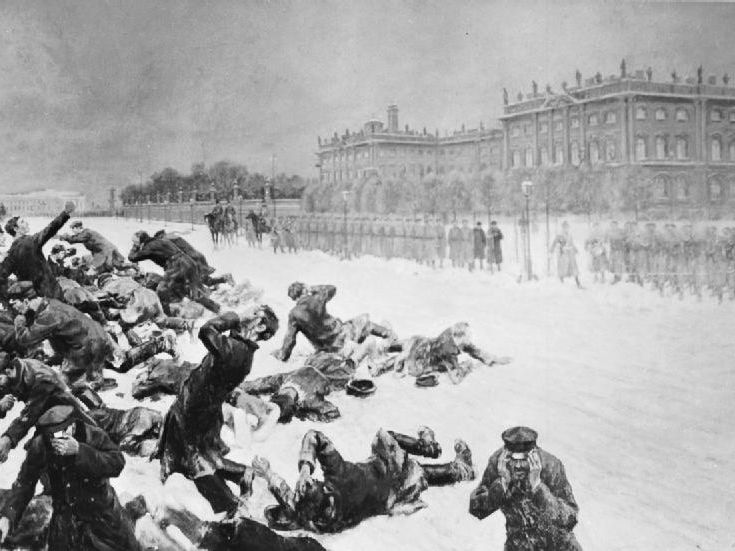
Tsar's manifesto
. a Duma elected by the people & to make all the laws
. freedom of speech
. can form political parties
But:
. the Duma was a failure
. the Tsar dismissed the first two Dumas for wanting changes
. the next Duma agreed with the Tsar
Stolypin
Prime Minister
1906 : wanted to improve people's lives
. stop the protests
Used 'carrot & stick'
Reforms (carrot)
. stop peasant payments for their freedom
. help peasants buy their own land
. health insurance for workers
Stop the protests (stick)
Protestors & revolutionaries were sent to prison or executed.
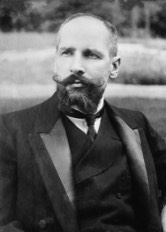
Consequences
. less protests
. some peasants became richer (kulaks) & provided more food for the workers in the cities
. life a little better in the cities but still some protests
Stolypin was killed in 1911
World War I
Russian army
Success against Austria then a series of military defeats by the Germans at Tannenburg & Masurian Lakes.
Loss of morale with 1 million killed, wounded or taken prisoner
Tsar - in charge of Army and blamed for the defeats
Russian home front
Food shortages:
. less food produced as men conscripted into army
. food not getting to the cities
. prices rose
Fuel:
. lack of coal for factories meant many closed
. people lost their jobs & had no coal for heating
In charge of the country during WWI
as Tsar took charge of the army
Duma government
. ignored by Tsarina, sacked ministers & replaced with 'friends'
. government stopped working
Rasputin
. Tsarina took advice from Rasputin until his murder in 1916
. Tsarina was German & became more unpopular
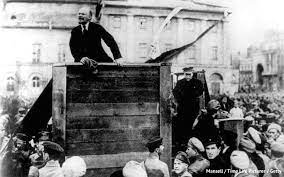
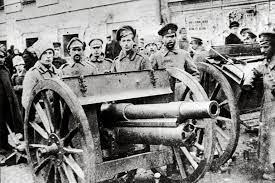
People hungry and cold = revolution?
From wanting food & fuel, it became open hatred for the Tsar and Tsarina.
Tsar ordered demonstrations to be stopped by force.
1917 Revolution
7th: 20,000 steelworkers fall out with the bosses over pay and are locked out of the factory, other workers join them on strike
8th: International Women's Day: women protest wanting bread to eat, workers join them
10th: Half the workers go on strike and protest in Petrograd The Tsar orders the army to end the protests
11th: Soldiers shoot protesters. The Tsar orders the Duma to stop meeting
12th: Soldiers (mutiny) refuse to shoot the protesters Soldiers and workers set-up their own govt. (Soviet) The Duma sets up it's own 'Provisional Government'
14th: Army generals tell the Tsar the army does not support him, they now support the workers
15th: Tsar Nicholas resigns (abdicates), his brother does not want to be the new Tsar
16th: End of the Romanov family ruling Russia
Provisional government
. Members of the Duma
. Rule until people choose a group (assembly) to work out a new system of government
. Tsar abdicates on 15 March
. Hands over to his brother who refuses it
. A council of deputies representing the soldiers and workers
. Many deputies were Mensheviks who wanted a revolution
. Wanted to share power with the Provisional Government
April Theses
- Bolshevik revolution
1. end to the war
2. land given to the peasants
3. factories & banks owned by the state
4. change to be communists
Bolsheviks
. Members from 26,000 to 2,000,000
. Propaganda via newspapers 'Pravda'
. Local committees in factories etc
. Germans gave money to help
. Formed private army 'Red Guards'
'Peace, bread and land'
Make peace with the Germans and end WWI
Give the peasants land (to win their support)
Solve the food shortages in the towns and cities
'All power to the Soviets'
Kerensky
. Alexander Kerensky becomes Prime Minister of the Provisional Government until November

July Days
. Failure of 'June Offensive' led to anger: workers, soldiers & sailors rioted
. The Bolsheviks took part in riots
Consequences
. Government stopped riots
. Bolsheviks arrested, Lenin fled to Finland, party struggling to function
Kornilov Revolt
. General Kornilov (Right wing Army Commander-in-Chief) tried to seize power
. Prime Minister Kerensky asked the Bolsheviks to help fight against Kornilov, gave them weapons & released their leaders
. The Bolsheviks persuaded Kornilov's troops to desert
Consequences
. Bolsheviks seen by many as heroes, Kerensky looked weaker
. Won a majority in Petrograd Soviet
. Became a well armed fighting force
Petrograd
. Bolsheviks took over Moscow
. Bolsheviks take control of Petrograd
Lenin returns
. Lenin returns from exile to begin the the Bolsheviks
1917 Revolution
Bolshevik 'Red Guards' take over key roads, bridges, telephone exchange & power stations
1917 Revolution
7th: (morning) 'Red Guards' take over banks, govt. buildings & railway stations
Kerensky left the city realising he had little support
(evening) Russian Cruiser 'Aurora' fires on the Winter Palace
Red Guards met little resistance, govt. ministers arrested
1917 Revolution
Lenin forms new Bolshevik government
Bolshevik government
Bolsheviks take control
. Mensheviks left the govt. giving Bolsheviks total control
. Elections for new Constituent Assembly put Bolsheviks in second place
. Fighting continued across Russia inc. Moscow
. Bolsheviks did not control all of Russia
. Arrests & executions without trial, of anyone who spoke against the Bolsheviks
Secret police
. Set-up by Lenin in Dec 1917
. HQ in 'Lubyanka' in Moscow
. Arrested opposition
. After assassination attempt on Lenin, launched 'Red Terror'
. Arrests & executions without trial, of anyone who spoke against the Bolsheviks
Consistent assembly
. Elections for new Constituent Assembly put Bolsheviks in second place
. In January 1918 Lenin sent in soldiers & closed down the Assembly with 100 demonstrators killed or wounded
Bolshevik changes
. All non Bolshevik papers banned
Land
. All land taken off landowners (Tsar, Nobles, Church etc)
. Committees divide land fairly
Other
. No titles e.g. Duke/Lord etc
. Women equal to men
. Banks taken over
. Army officers elected
. Divorce made easier
. Factory workers: 8 hour day/48 hour week
. Committees run factories
. Insurance for workers: injuries, illness & unemployment
Peace with Germany
. Peace at any price to keep support
of army & Russian people
. Treaty of Brest-Litovsk:
lost 25% best farmland, 75% coal & iron ore deposits & 25% population
Civil War 1918 - 1921
Theory: Communist party represented the will of the people through the Soviets (councils of factory workers, peasants etc.)
Reality: Communist Party controlled all aspects of the govt
Politburo: Senior party members who make important decisions
Council of Peoples' Commissars led govt depts
Secretariat: carries out Politburo decisions
Central Executive Committee: 200 members elected by Soviets
Central Committee: elected by Party runs the Party
Party Congress: representatives of local Party branches
Civil war: Reds v Whites
The Bolsheviks or Communists
AIM: to stay in power to continue the revolution
Greens
Independent groups fighting for their own cause not to take over Russia
The opponents of the Bolsheviks:Tsarists, Democrats, Landlords, other Socialists
AIMS: each group something different, a dictator, a revolution
or democracy
Foreigners
Britain, France, Japan & USA +sent supplies & forces.
Stop revolutionary ideas spreading
Czech Legion
Czech ex prisoners of war, fell out with Bolsheviks.
Took over railway, helped Whites & marched on Moscow
War communism
. took control of factories & what they produced (Council of National Economy)
. workers' committees not work so Lenin put managers in charge
. strict discipline introduced in factories
. strikes and protests made illegal
. Government printed money to pay for war causing hyper inflation
. Money became worthless (worth 1% of its 1917 value)
. People often paid in food & bartering
became common
Food
. Food rationed in the cities: as low as 200 grams of bread a day
. Ration cards only if you were working
. peasants not want to sell surplus, so the Cheka took it off them
. punishment for any peasants found hoarding food or selling it at a profit
. led to a struggle between peasants and communists
. peasants produced less as any surplus was taken away
. The Cheka's role became more and more important
. 'Red Terror' saw people arrested, imprisoned & shot without trial
. Many people thought things were as bad or worse than under the Tsar
Reds victory in Civil War
Reasons the Reds (Communists) won the Civil war
. Red Army with professional officers
. motivated soldiers (rewards + punishments)
. excellent military tactics
War Communism
. kept soldiers supplied with food & weapons
. no strong leader
. little coordination
. poor communication
. different armies
fighting individually
. groups often fell out with each other
. Allies withdrew forces in 1919
. little support in many areas of Russia
. changes made by Bolsheviks made them popular with peasants & factory workers
. punished anyone who helped Whites
. forced peasants to hand over food
Lenin's New Economic Policy
. Peasants could sell any surplus after giving a certain amount to the govt.
Business
. Traders could buy & sell & keep the profit
. Factories making consumer goods returned to owners who were allowed to make a profit
Large industry
. Stay under govt control, some private selling allowed
Foreign trade
. Lenin encouraged trade with the West: Russian oil for western industrial goods
Electrification
. Electrification of Russia - network of power stations to power modern industry
Results
. Improved modernisation of Russia, better living standards but unemployment high
. Some peasants got rich, most remained poor
. Many communist disliked the profit making & resented the businessmen making large profits
Education
Education was a priority for communists. They built lots of schools & launched a massive literacy programme across the country. carried out by members of the Young Communist League (Komsomol).
Communist propaganda went into the countryside via posters, films etc
Religion
Communists saw religion as a con to get people to accept poor conditions in the hope of going to heaven. Teaching religion was banned to under 15 year olds.
Some churches were closed.
Equality
Ranks & titles were abolished
Women treated equally
Divorce made easier
Abortion more available
Arts
Experimentation was encouraged
Art was with a practical purpose
There was equality in the arts
Results:
. Improved modernisation of Russia, better living standards but unemployment high
. Some peasants got rich, most remained poor
. Many communists disliked the profit making & resented the businessmen making large profits
Kronstradt rebellion
Workers' Opposition
. wanted higher wages
. better living conditions
. a stop to Cheka arrests
Wanted " Soviets without Communist"
Kronstadt Sailors
. uprising at their naval base outside Petrograd
. The 'Red Kronstadters' had fought with the Bolsheviks in 1917
. life under communists become
unbearable they wanted:
. freedom of speech & assembly
. socialist political prisoners freed
. their uprising shocked Lenin
. Trotsky sent in the Red Army & 20,000 were killed or wounded, many via labour camps in Siberia
Death of Lenin
. Died in January 1924
. Suffered a series of strokes since 1922
. Exhausted from the pressures & long hours
. Petrograd renamed Leningrad
" Comrade Stalin having become General Secretary, has great power concentrated in his hands and I am not sure he always knows how to use that power with sufficient caution…… Stalin is too rude … find a way to remove Stalin from that post…."
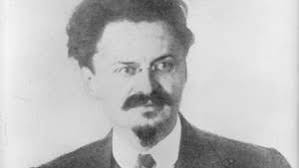
After Lenin
Leadership battle after Lenin's death
STRENGTHS
. Obvious choice to succeed Lenin
. Well known & popular
. Intelligent & good speaker
. Hero for leading the 1917 revolution & the Red Army to victory in the
Civil War
WEAKNESSES
. Arrogant
. Ignored party politics
. Some senior communists feared he would become a dictator with support from the Red Army
. Was a sick man
IDEAS
. Believed in 'Permanent Revolution' and spreading communism around
the world
. Scrap NEP, take land & factories from peasants & workers, no more profit
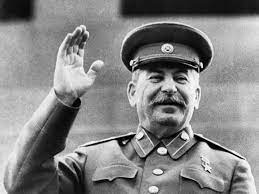
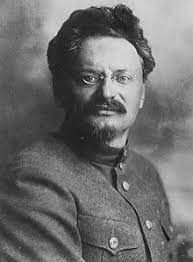
STRENGTHS
. General Secretary of the Party was a very important position
. Very good at party politics
. Had expelled many Trotsky supporters
. Many senior communists owed their positions to Stalin
. Safe, not have extreme views
WEAKNESSES
. Dull & boring
. Poor speaker
. Not intellectual
. Not seen as leadership material
IDEAS
. Believed in 'Socialism in One Country' - look after Russia first
. Keep NEP for 20 years
. Make Russia strong first then socialism
USSR consitution
Stalin's rise to power
Helped Lenin to be a hero
Showed himself as best friend of Lenin
Tricked Trotsky into not attended Lenin's funeral
Lenin's wishes that Stalin be sacked were ignored
as Stalin's friends blocked the truth.
Stalin's rise to power
1925
Stalin persuaded others that Trotsky's idea of 'Permanent Revolution was dangerous for all.
Stalin's rise to power
Trotsky sacked as 'Commissar for War'.
Trotsky and his allies were dismissed from the Politburo.
Cult of personality
Even before Stalin became leader he was using propaganda to develop his 'cult of personality'. He wished to be worshipped as a leader, like a God.
. pictures & statues of Stalin everywhere
. places named after him
. clapping whenever his name was spoken
Secret police
. Arrested opponents
. Scared people to control them
Censorship
. Everything was censored: newspapers, films, art & music to show communism was working and Stalin was a great leader & people were working hard. Many writers & artists left the country.
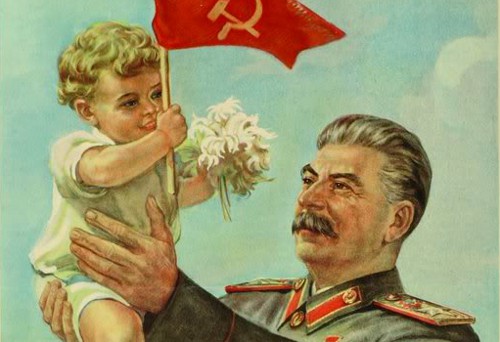
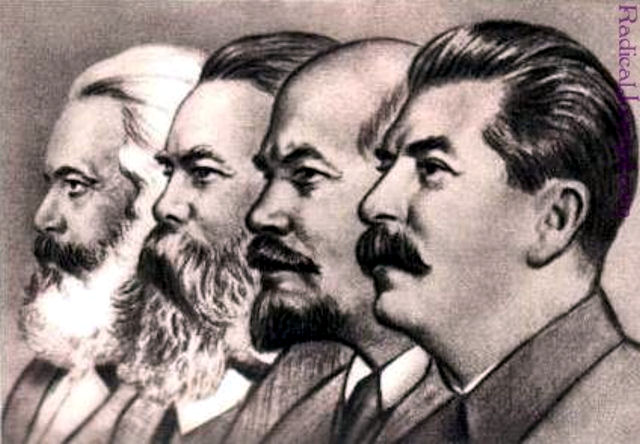
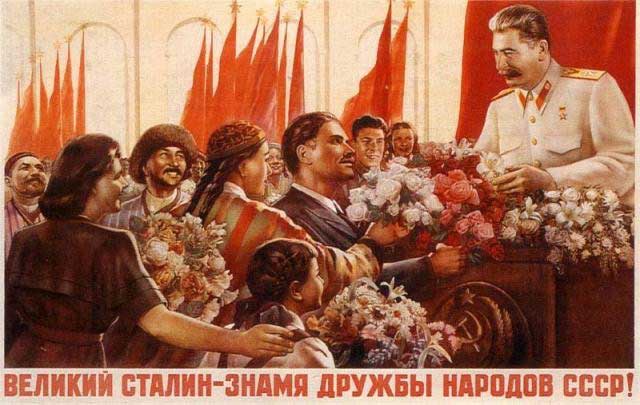
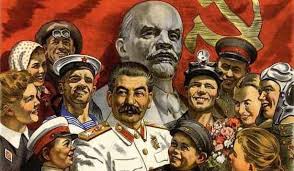
Collectivisation 1927
Government announces policy of collectivisation
Few peasants take the opportunity to collectivise.
Shortages of food in the cities, means Stalin forces the peasants to hand over food
Stalin's rise to power
Stalin now wanted to scrap the NEP & build up industry.
Leading Communists resigned from the Politburo. All Stalin's main opponents had gone.
Trotsky exiled then killed
Lived in Turkey, then Norway & Mexico, constant critic of Stalin. In 1940 he was killed.
Collectivisation
Stalin introduces compulsory collectivisation
Peasants resisted, many killed their animals rather than hand them over
There was temporary halt in 1930 as Stalin feared an entire harvests would be ruined, but continued again as soon as the harvest was in
Stalin uses the army, police & secret police to force the peasants
Kulaks are blamed the most, arrested & shot 'dekulakisation'
Five Year Plan 1928 - 1933
. match capitalism in terms of industrial production
. benefit everyone in the country: the basis of communism
State Planning Commission (GOSPLAN) set targets for key industries
Aim:
. focus on heavy industry
. targets very high, but increases in all areas
Production increased:
1. Community spirit
Young people wanted to improve the country through these big projects
2. Propaganda
Workers were encouraged to work harder through
poster campaigns, newspapers, cinema & heroes
Stakhanovites: heroic workers who worked hard, in newspapers & posters
3. Rewards
Awards & honours for the best workers. There were competitions between individuals & teams.
Stakhanovites were rewarded with better housing, holidays & cash bonuses.
Wages were often based on 'piece-rates' - on how much workers produced.
Anyone not seen to be working hard enough could be accused of being 'saboteurs' & thus sent to labour camps.
Absenteeism was punished with fines, or loss of ration cards or being sacked.
Labour books were carried by every worker. The books had to have good comments or they could lose food rations or face prison.
Collectivisation
Peasants allowed to own a small plot & keep some animals.
Private plots more productive.
Stalin's purges
Aimed at anyone getting in the way of Stalin's policies of industrialisation & collectivisation
e.g. factory managers/workers - peasants & kulaks
Arrested & sent to prisons or labour camps
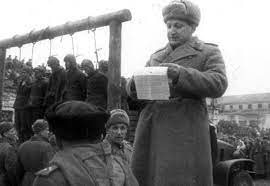
Second Five Year Plan 1933 - 1937
. match capitalism in terms of industrial production
. benefit everyone in the country: the basis of communism
State Planning Commission (GOSPLAN) set targets for key industries
Aim:
focus on heavy industry plus railways, chemicals, metallurgy
. new industrial cities
e.g. Magnitogorsk
. access raw material
. away from possible invaders
Power & Transport
. Huge power projects e.g. Dneiper Dam
. Canals & railways connecting industrial centres & cities
Industrialisation
. went from underdeveloped to second
largest industrialised country
. workers' committees were replaced with managers (sometimes foreigners)
. managers were well rewarded for achieving the targets
Skills
. highly skilled workers
e.g. engineers
Outside help
. specialists brought in from the West
e.g. Ford from the USA helped USSR car industry
. Dneiper Dam was supervised by an American
. many of the major projects were built with forced labour, often peasants as well as political prisoners
Stalin's Great Purge
Aimed at Communist Party leaders & Armed Forces
e.g. 1108 out of 1966 delegates at 17th Congress arrested
Anyone with links to opponents sent to labour camps or shot
Red Army Commander-in-Chief + 7 others arrested & shot (all heroes from the Civil War)
Most naval officers & 50% army officers were shot
. Trials of important Communists
. Broadcast on radio
. Crimes were laughable
. Evidence often ridiculous
BUT
. They 'confessed' to the crimes & were found guilty including:
Zinoviev, Kamenev, Yagoda & Bukharin
. People lived in a permanent state of fear - telling on your neighbour was being loyal!
. Armed forces lack experienced officers as WWII approached
. Total power to Stalin - all opponents dead or too scared to act
Life in the USSR in the 1930s
. equality for women was a main theme for the communists
. also women were needed to work to achieve the 5 Year Plans
. women held management positions
. encouraged to have children
. work places had creches so mothers could work
. in the 1930s many of the ideas of the 1920s were abandoned e.g. easy abortions & divorce
. Stalin wanted families to stay together
. child allowances were paid to married couples
. living standards slowly improved in the 1930s
. food rationing improved after 1934
. consumer goods were still difficult to buy e.g. clothes
. high ranking party members, skilled workers & some peasants did well
. health care improved with thousands of new hospitals built
. all children received free education
. crime & alcoholism increased
. black market thrived with so many shortages
. all religions were attacked by Stalin
. worshiping in a church or mosque became difficult
. most places of worship were closed
. people were encouraged to be atheist
. the Russian Orthodox Church was seen as beingTsarist under Lenin
. had to members of a union
. keep to union rules
. everything had to reflect 'socialist spirit'
. research had to follow marxist thinking
. art = 'Socialist Realism'
. average wages fell between 1928 - 1933 by 50%
(see Stalin's Economic Policies)
. factories were driven by targets
. quality was often poor
. some workers were paid higher wages: scientists, engineers, teachers, factory managers etc + better housing & more consumer goods
. every worker was allowed to take a holiday each year
. many work places including collectives, also provided leisure activities:
clubs, sports, film shows, festivals
GULAGS
For millions of people this was their experience of life under Stalin's communism.
Camps were all over the USSR but most were in the frozen north - Siberia.
The camps were full of:
. peasants
. kulaks
. saboteurs
. soldiers
. politcal prisoners
up to 2 million at a time
Many of the USSR's major projects were built using forced labour:
. Belomar Canal 1931-33
(White Sea Canal)
. over 100,000 workers at one time dug 141 miles in less than two years often with their bare hands
(some say 20,000 people died during its construction)
Other projects included:
. Volga River canal
. the dam and power station at Dneprostroi
. industrial city of Magnitka
. Moscow Metro
Mines
. many in the camps worked in the mines e.g. digging for gold at Kolyma
Second World War
. USSR was unable to stop the German blitzkrieg attack in 1941
. Stalin appointed himself supreme commander
. Turned the war around after Battle of Stalingrad and Battle of Kursk
. Stalin oversaw the military and economy
. Delegated military decision to commanders
. Participated in all three conferences: Tehran, Yalta & Potsdam
. He dominated the conferences as a skilled negotiator
. Treaty with Germany broken as Hitler invaded
. USSR joined with Allies to fight the Germans
. WWII known as the 'Great Patriotic War
. over 26 million Soviets died (⅔ civilians)
. most jobs linked to military
. people had strict rations
. people suffered as the focus was on the military
. many people were homeless
. many lack food and even starved to death
. spent $192 billion
. economy shrank by 20% from 1941 - 1945
. USSR lost 17,000 towns and 32,000 factories
. 70% of industrial output went on the military
. agricultural output slumped as focus on military, country faced food shortages
. series of harvest failures
